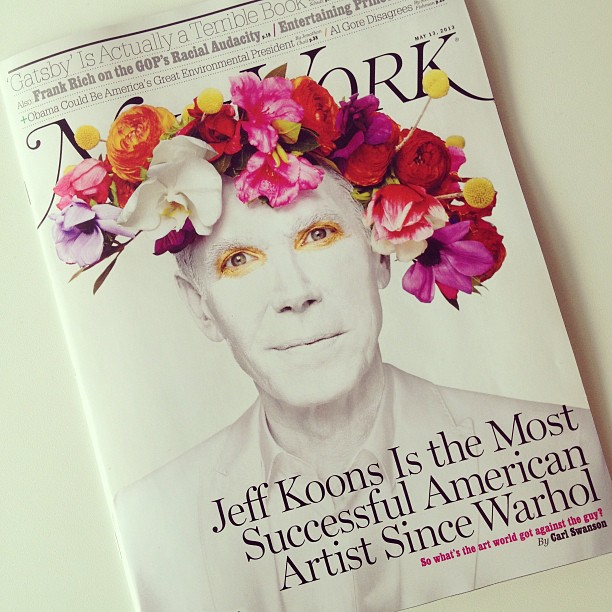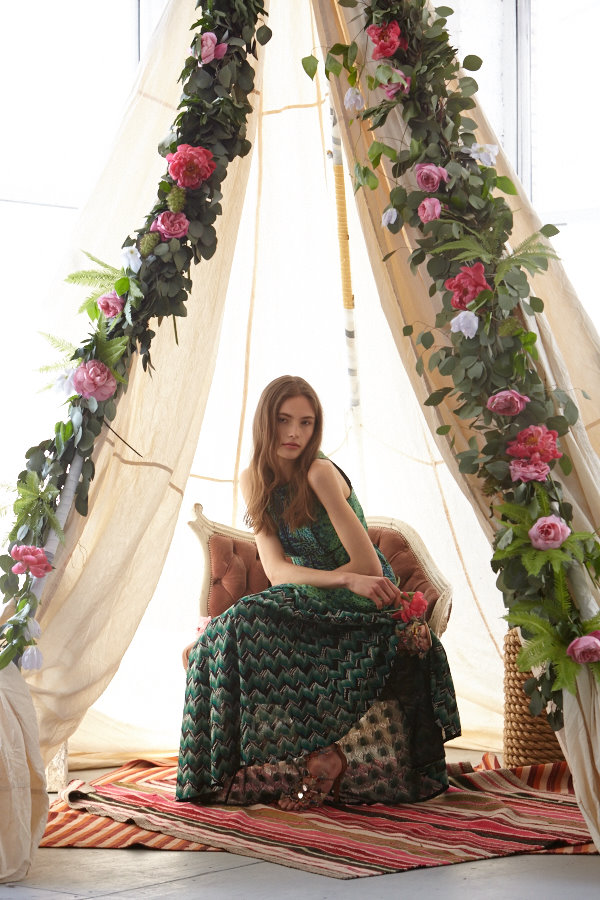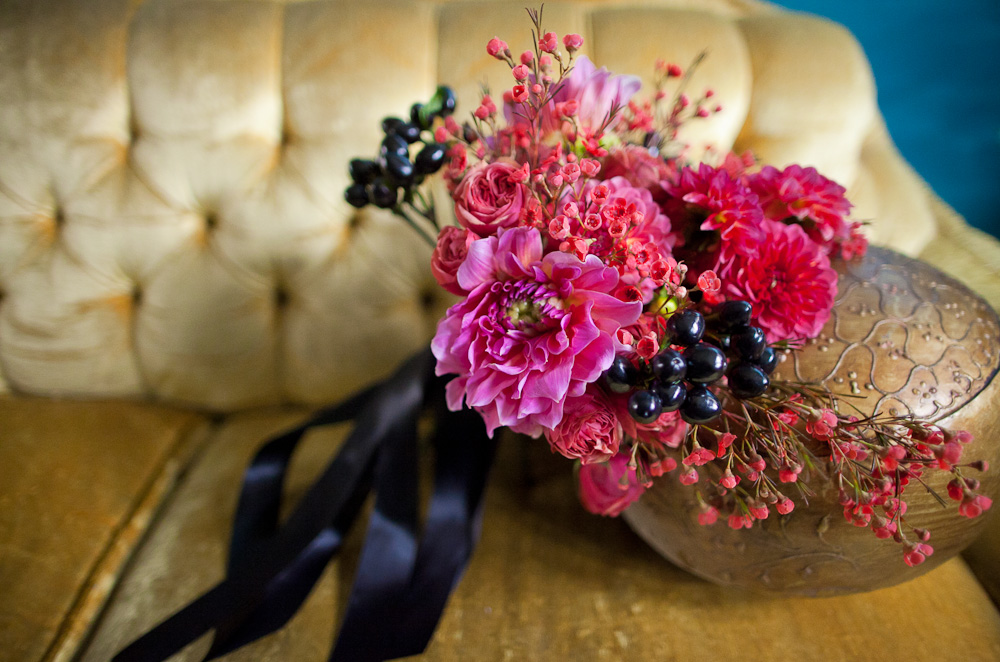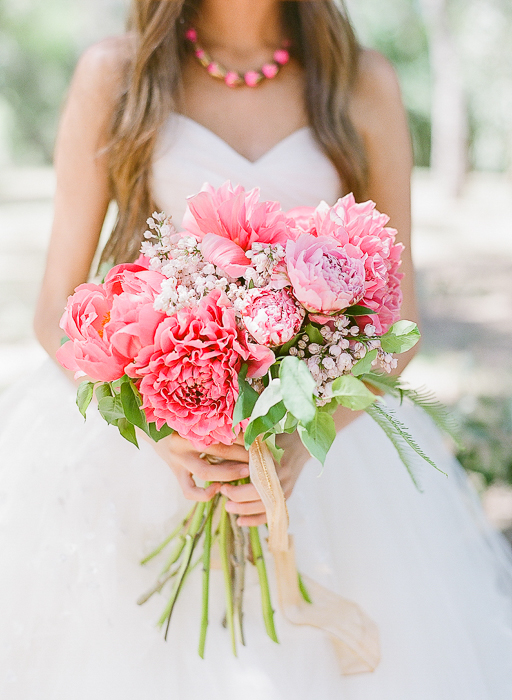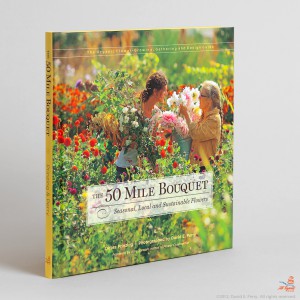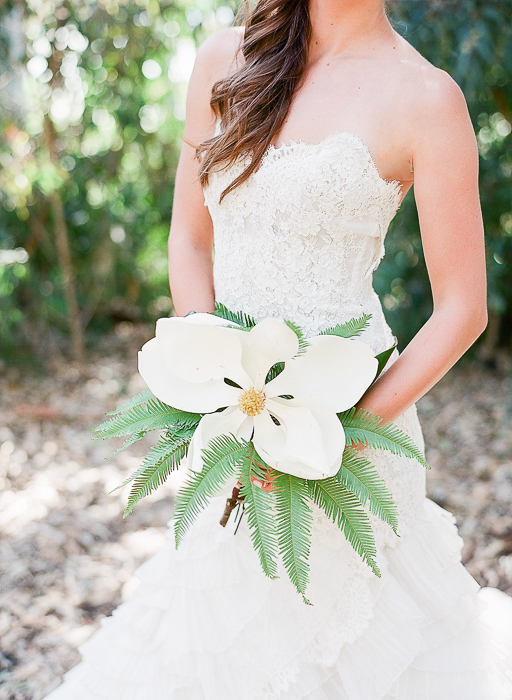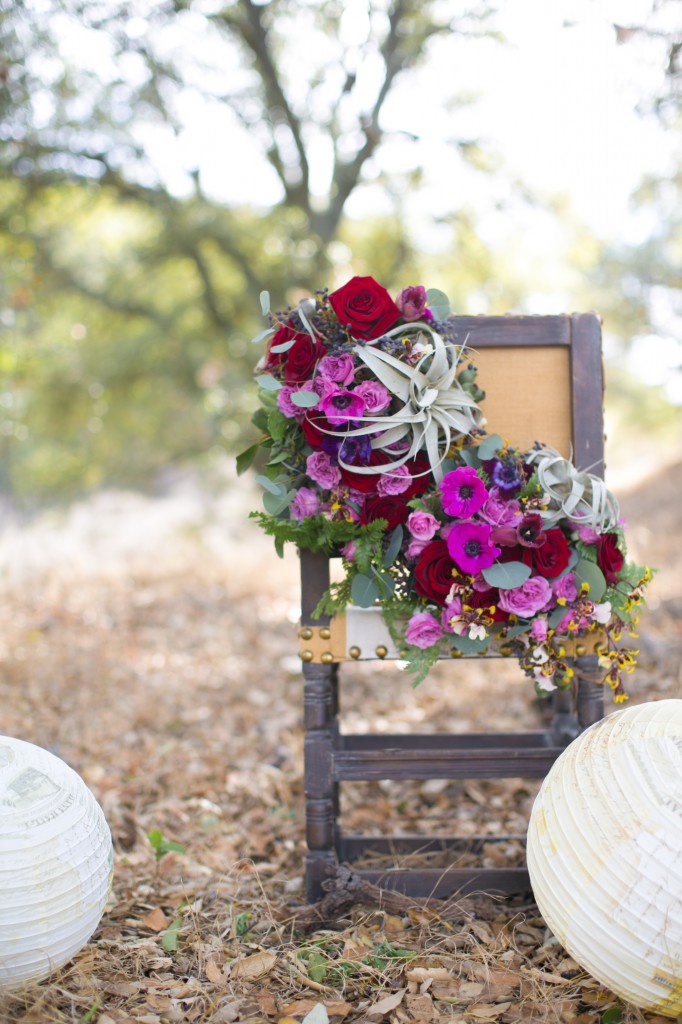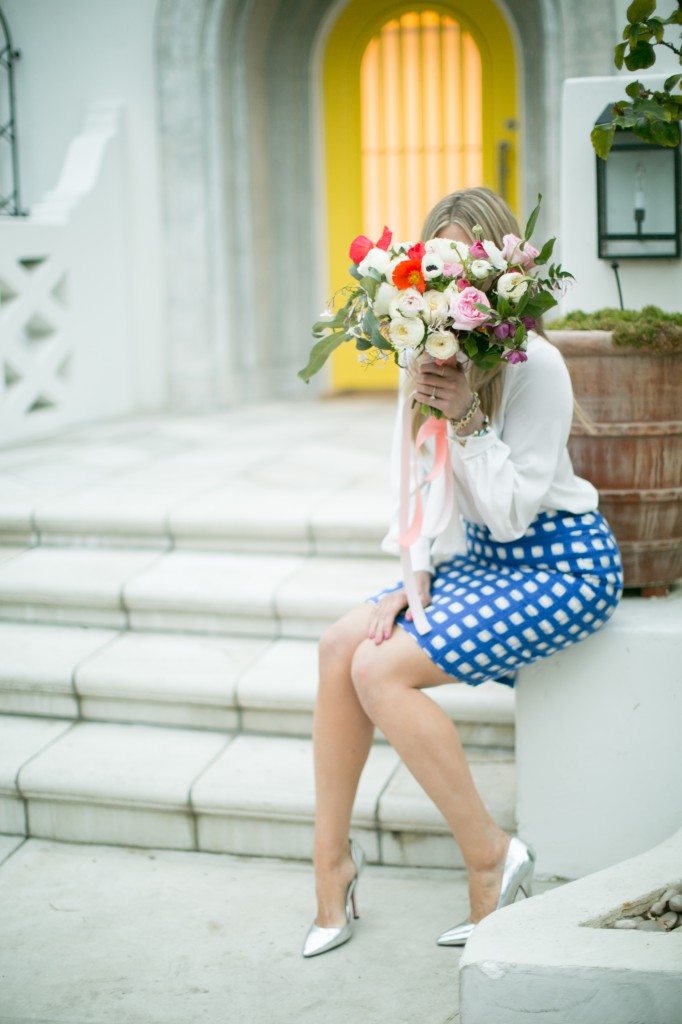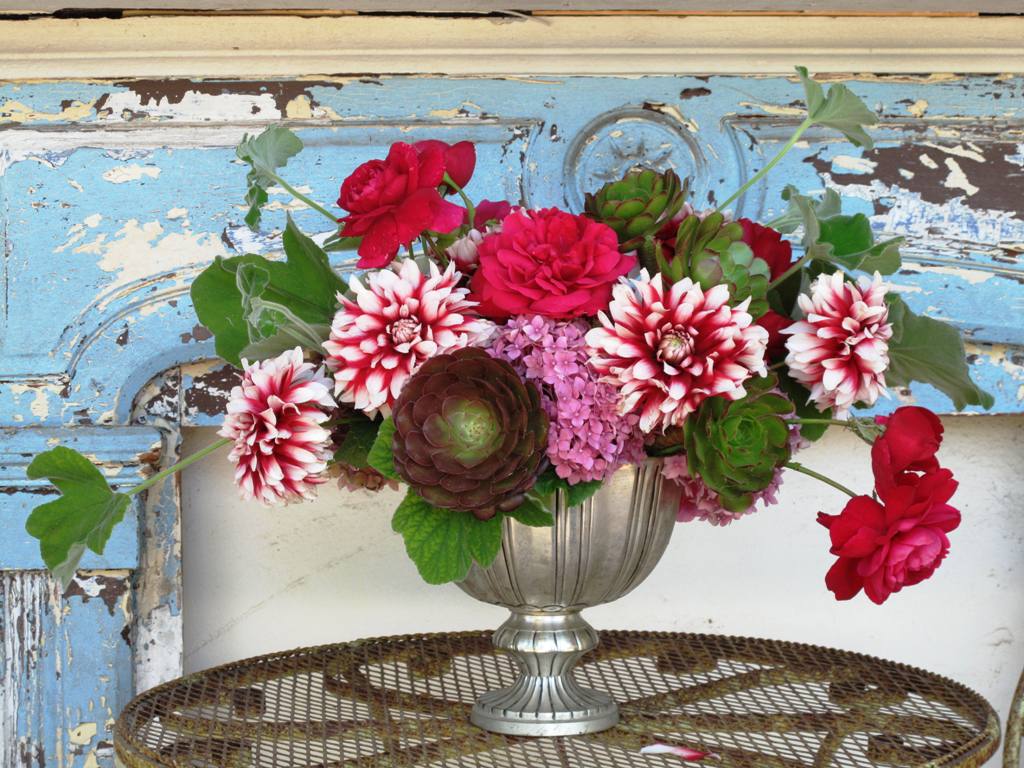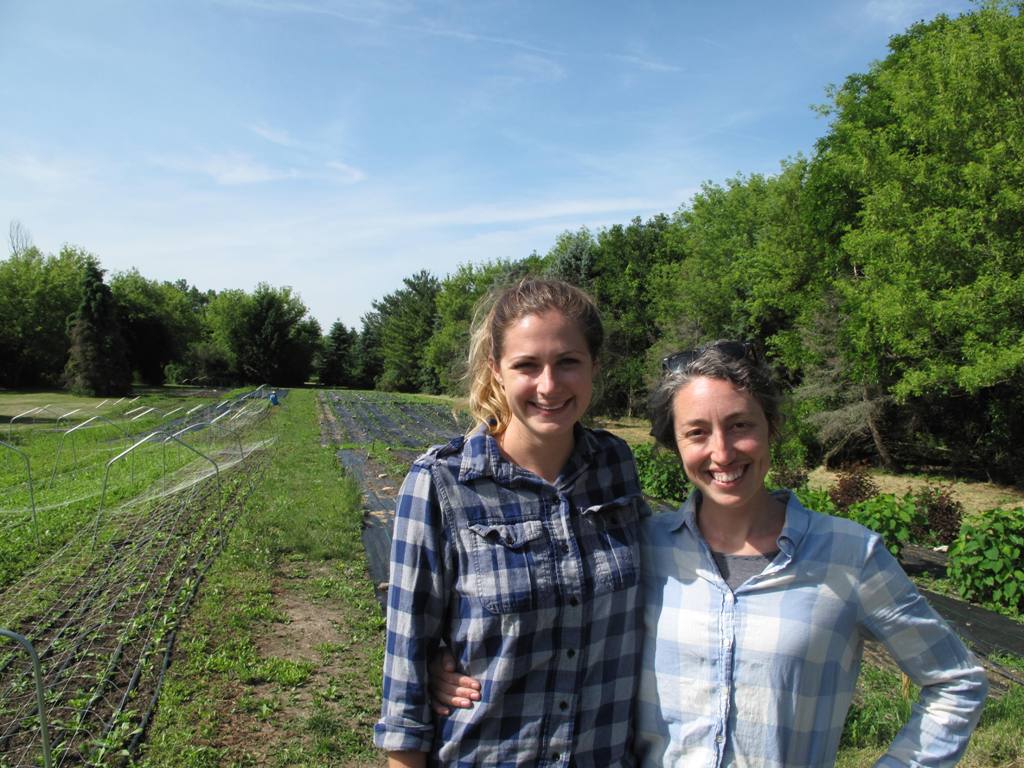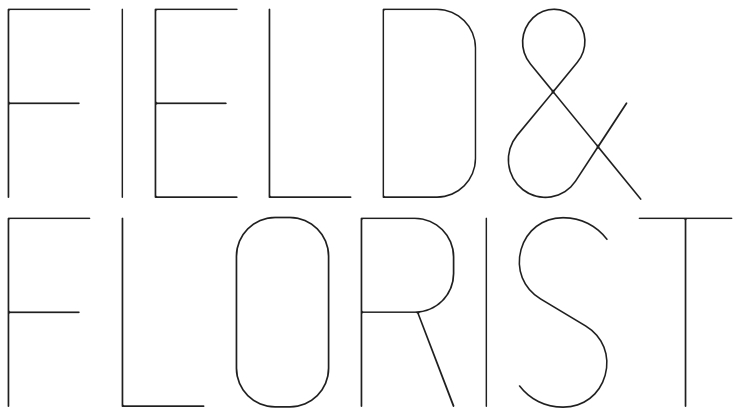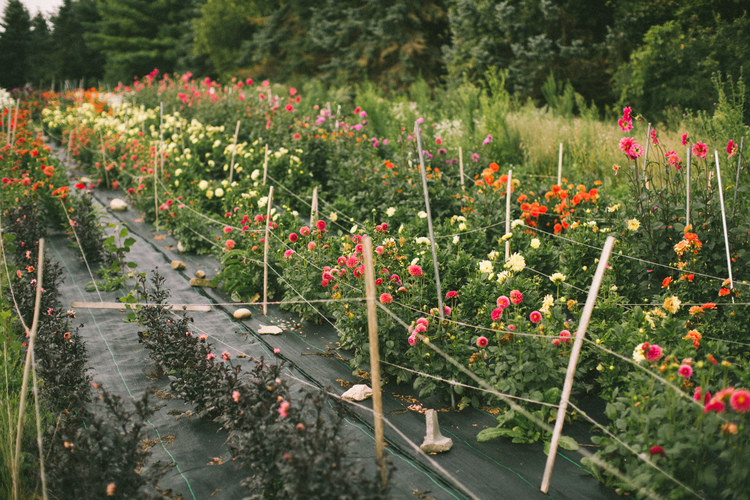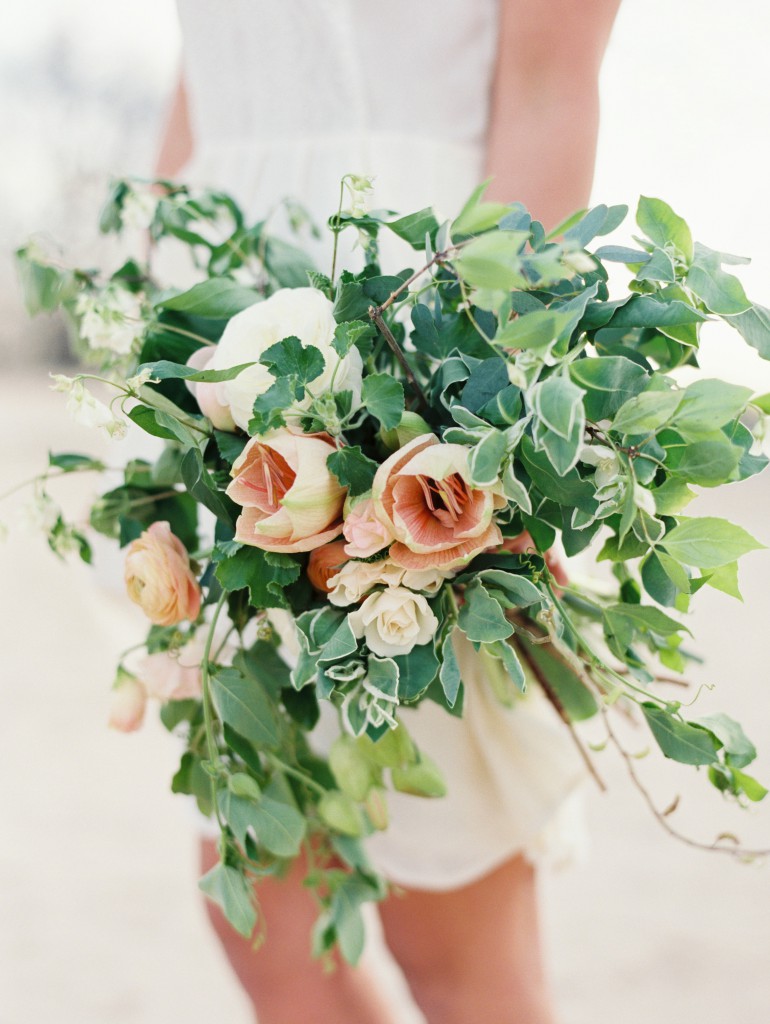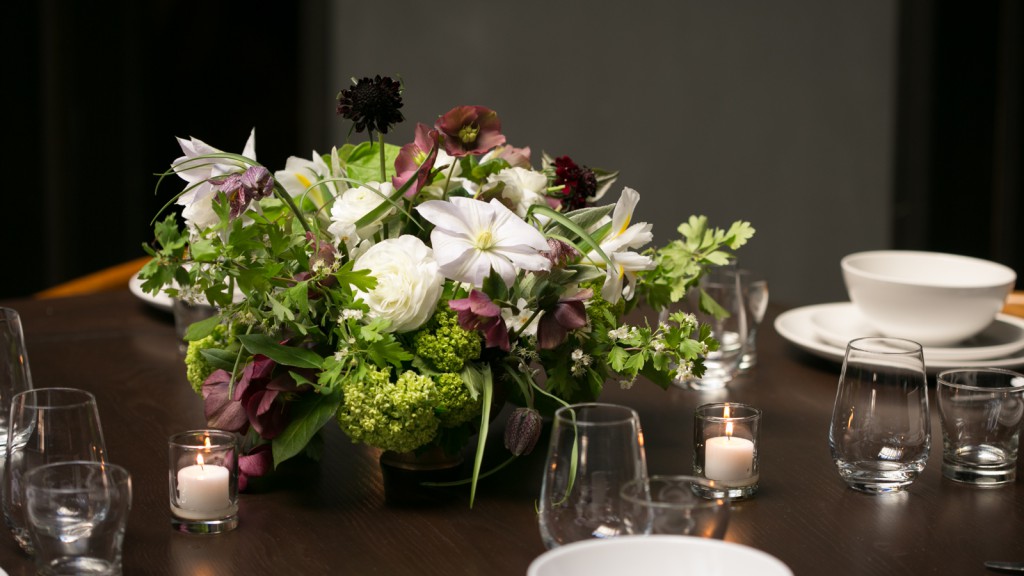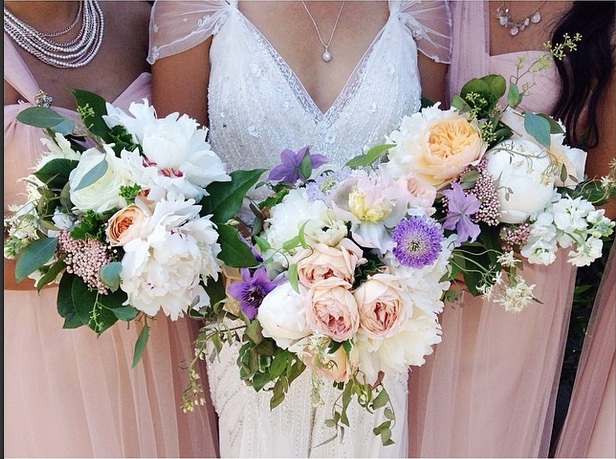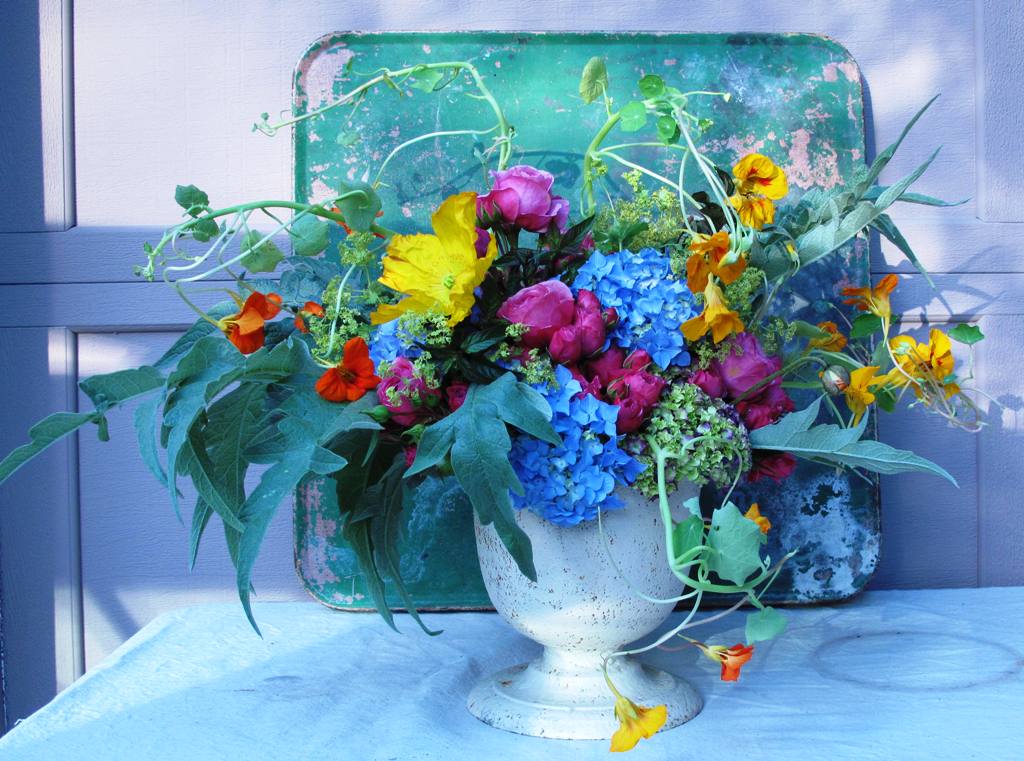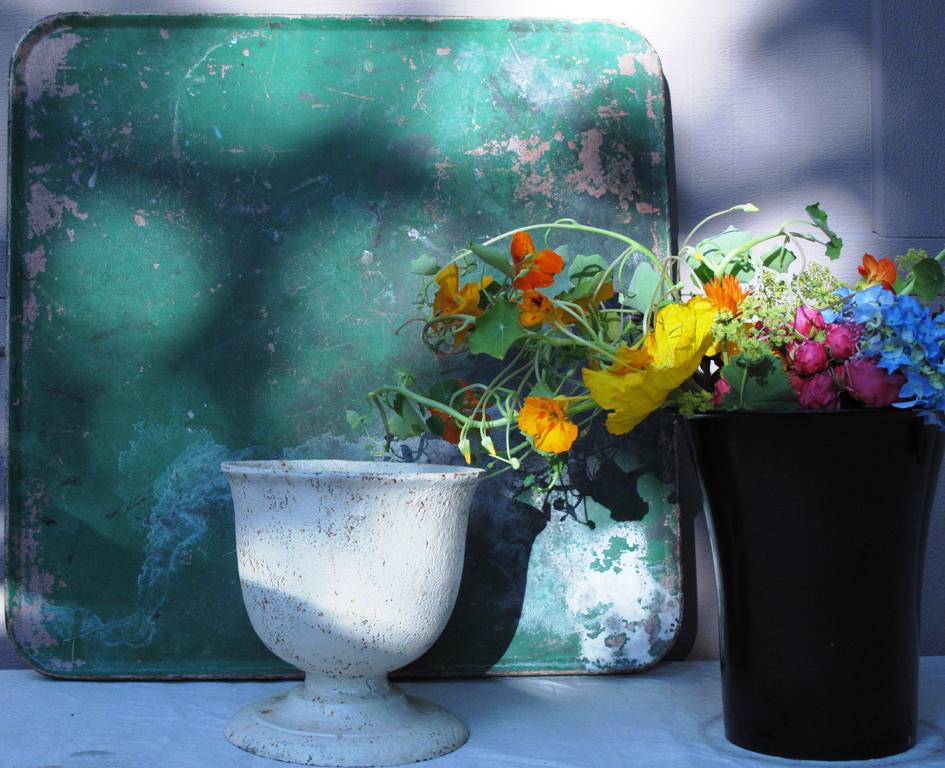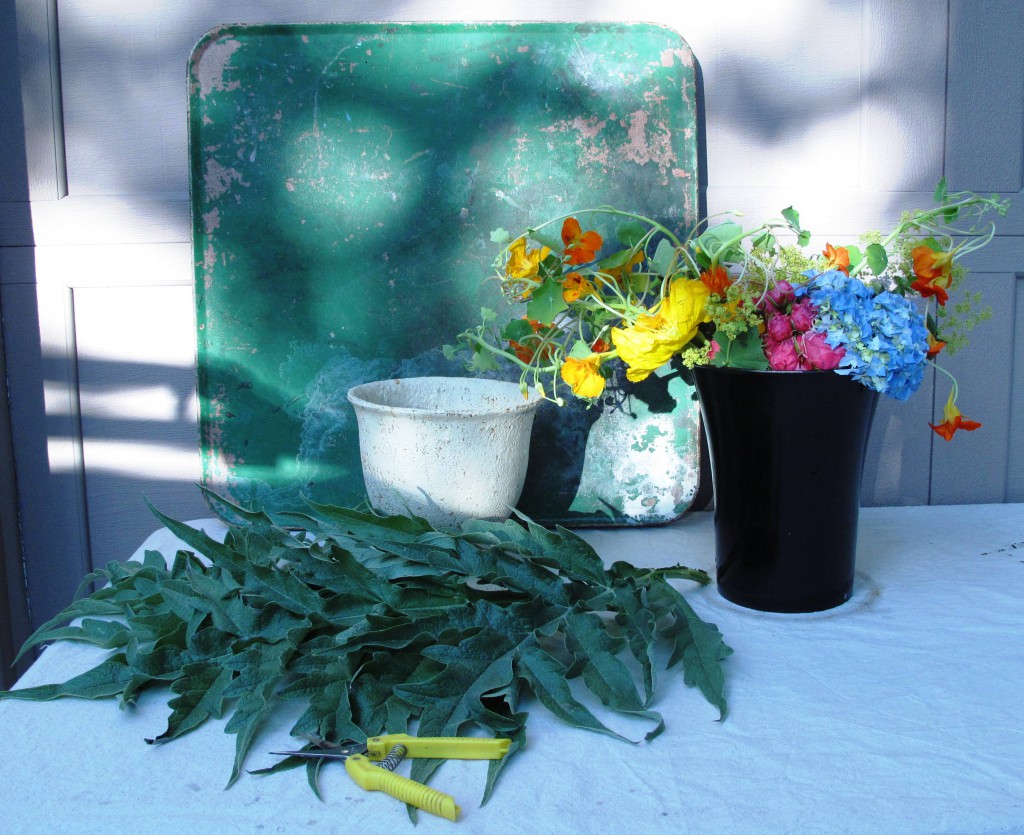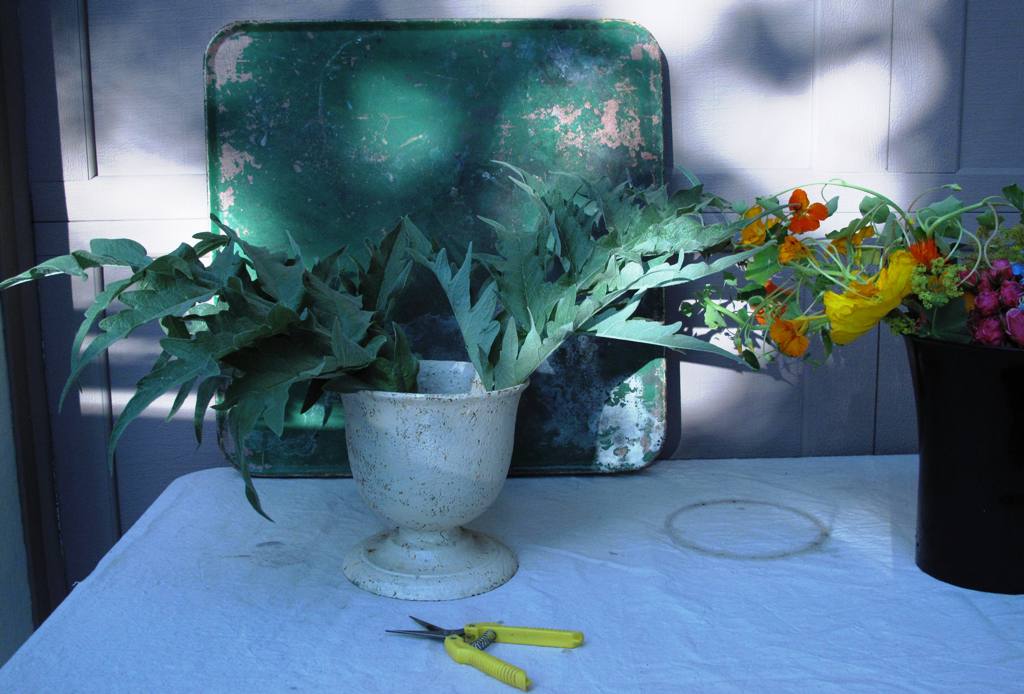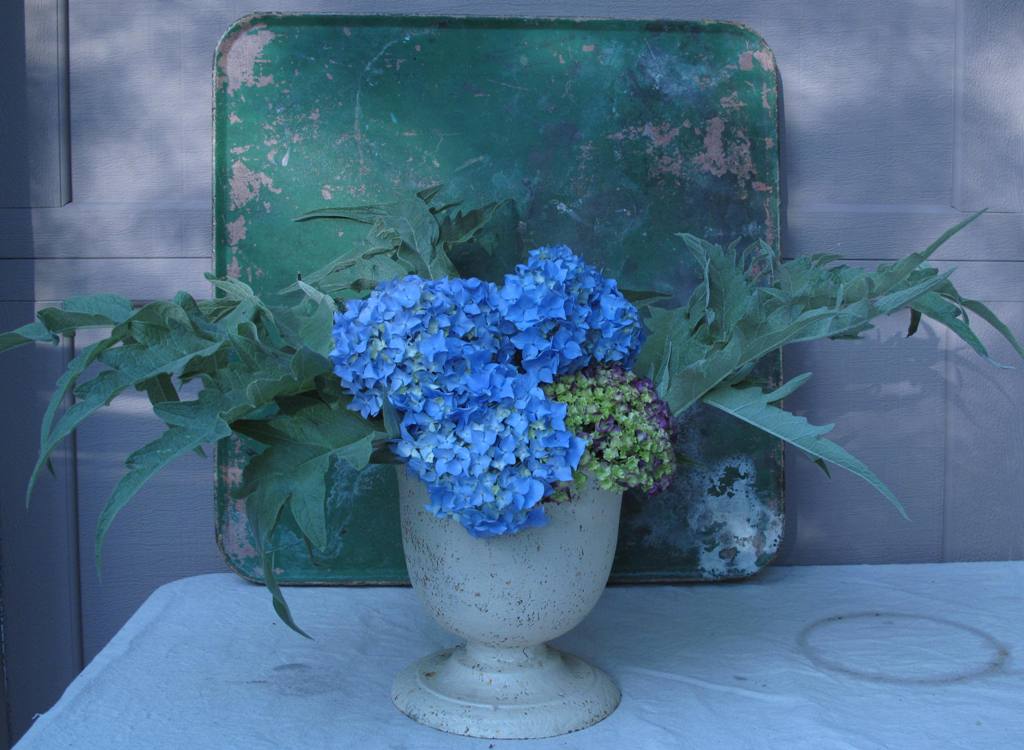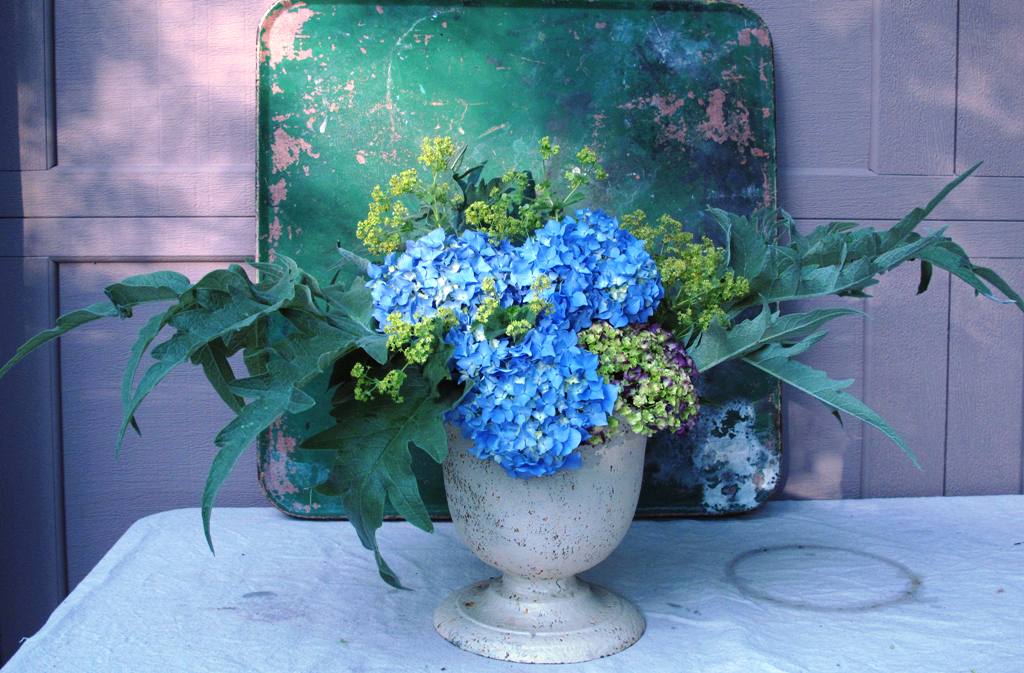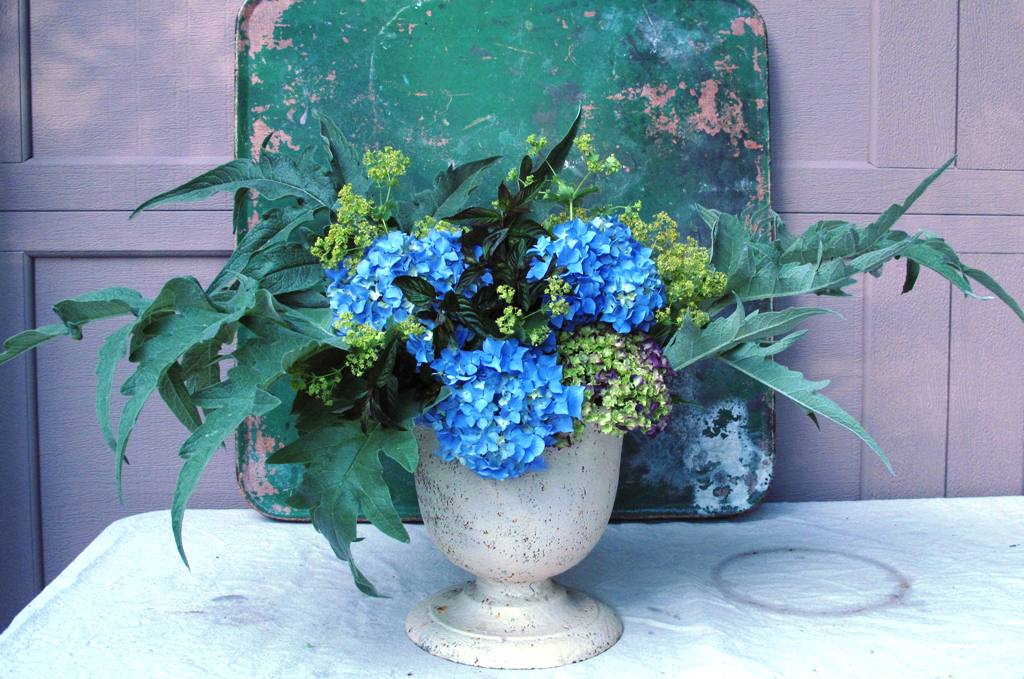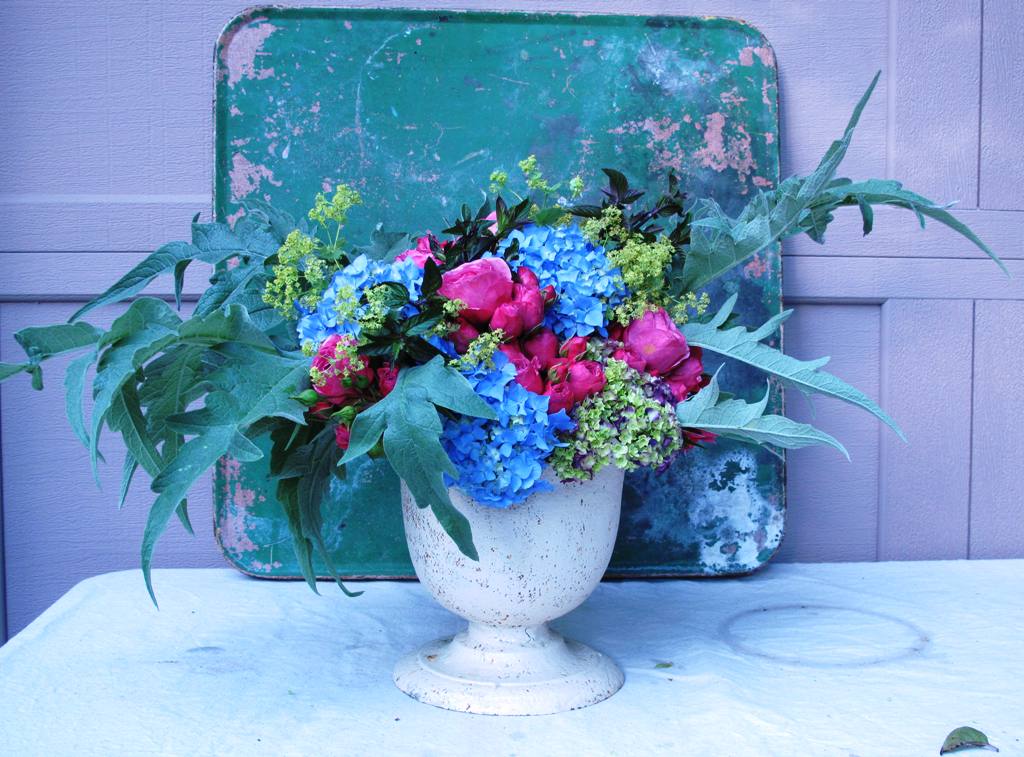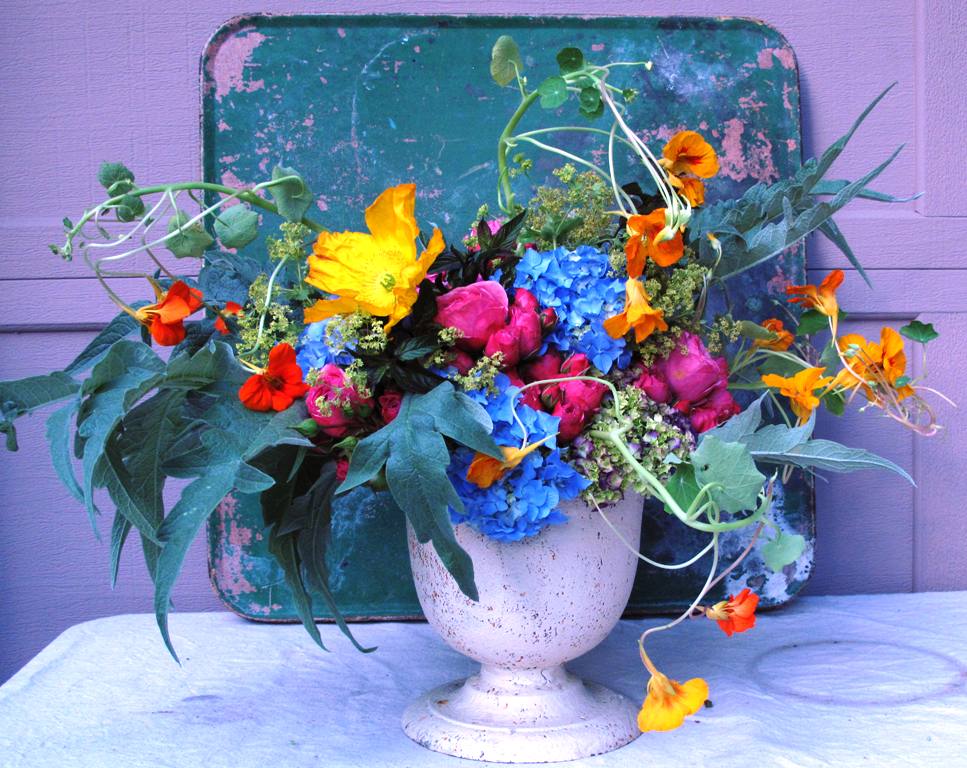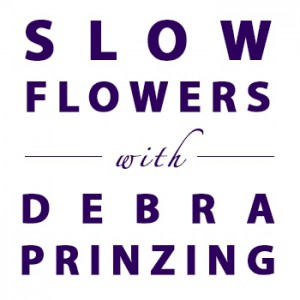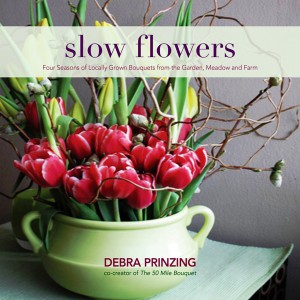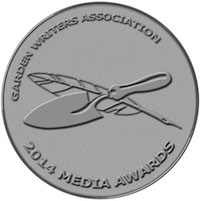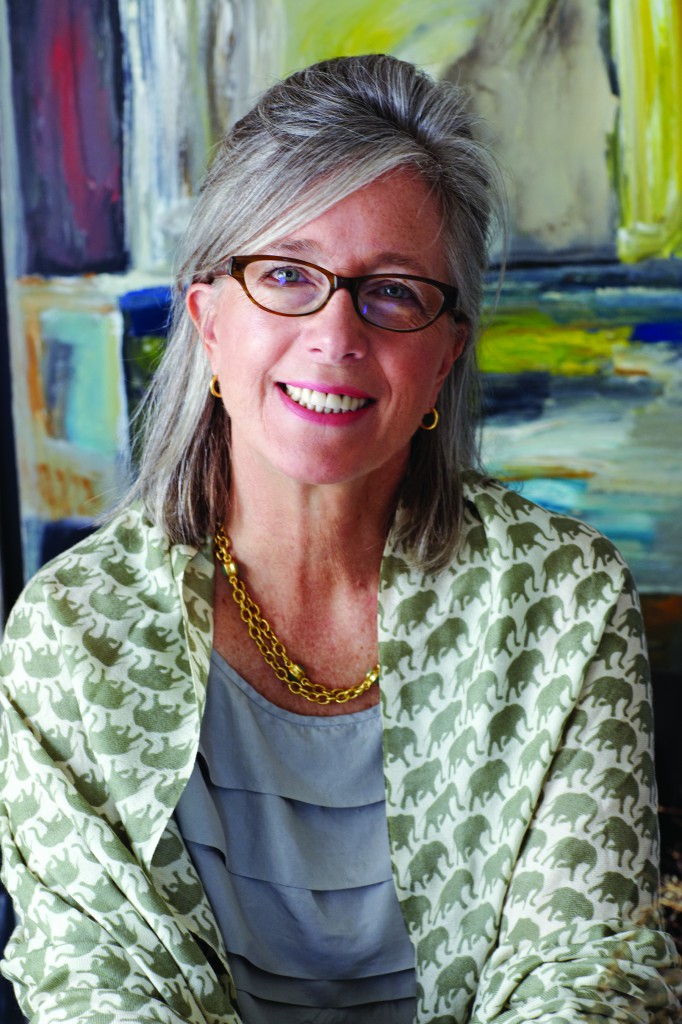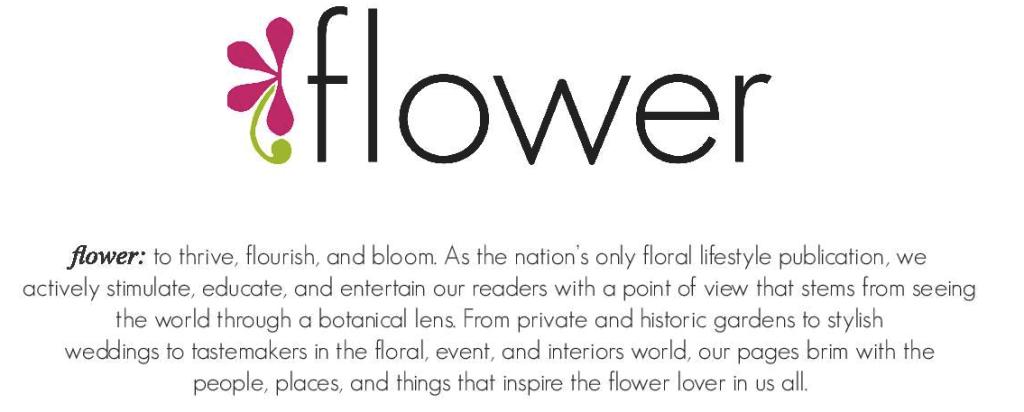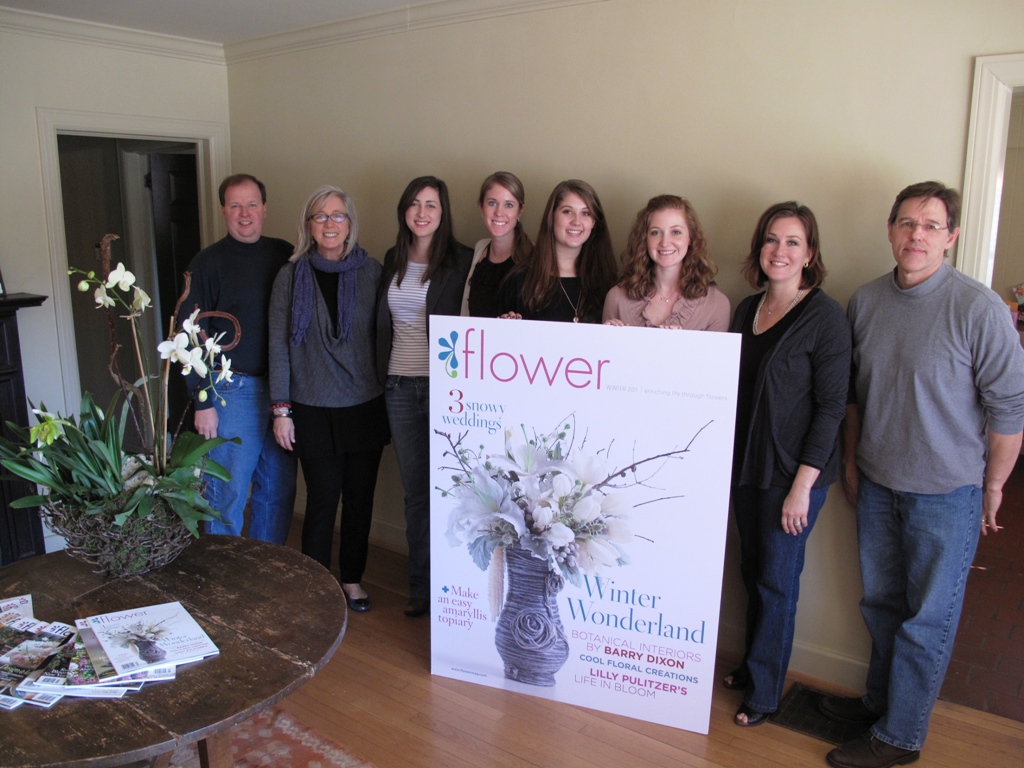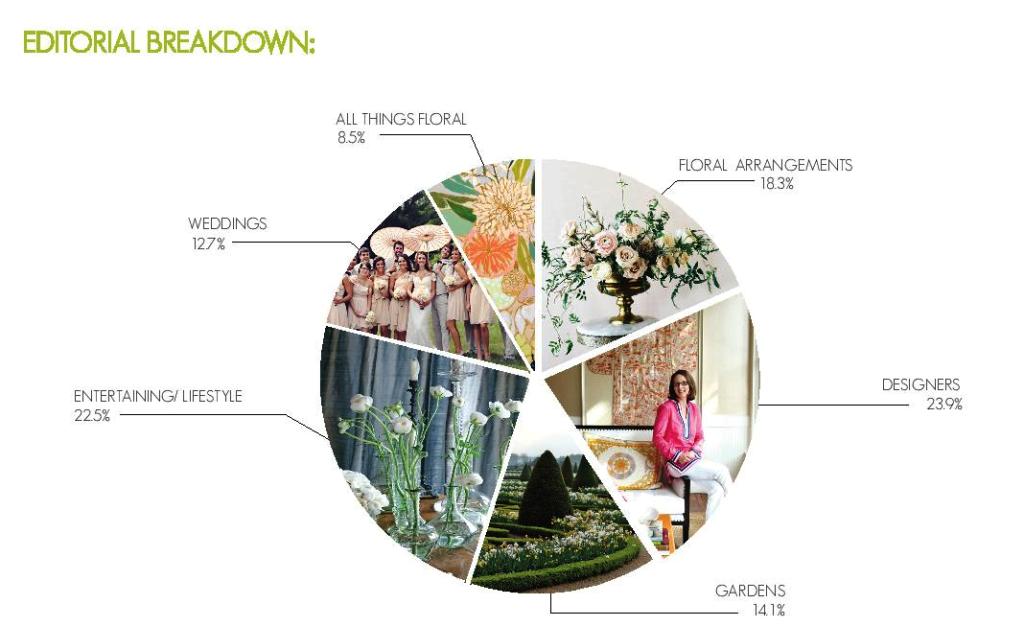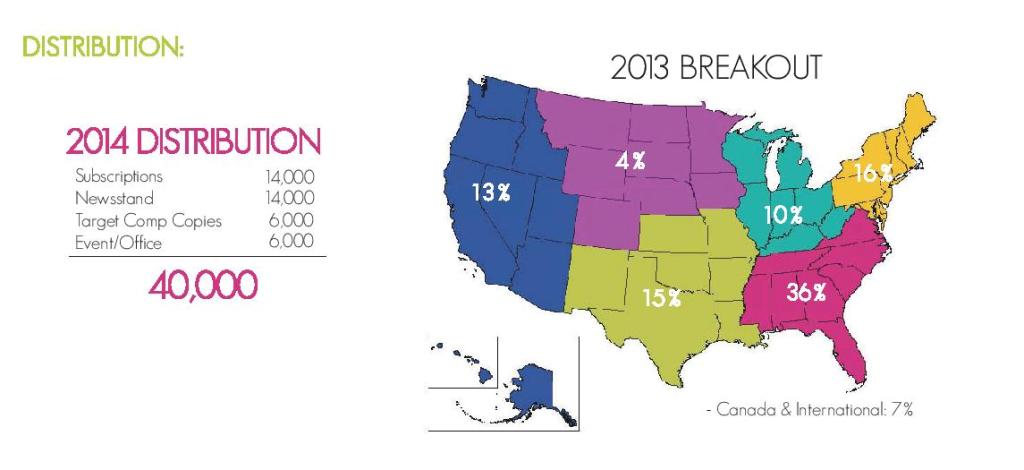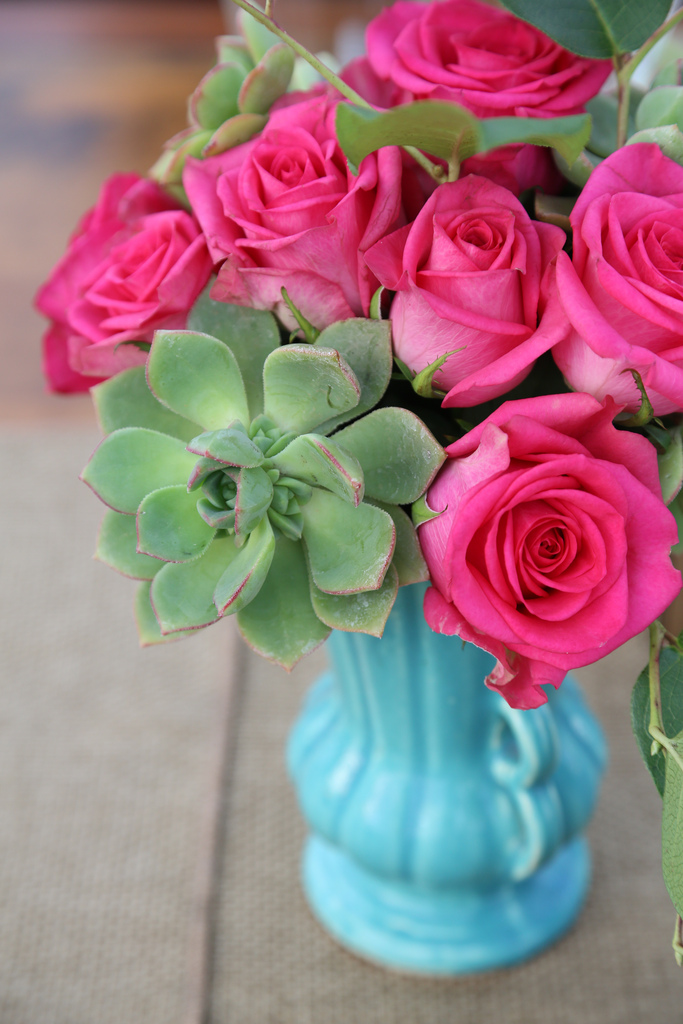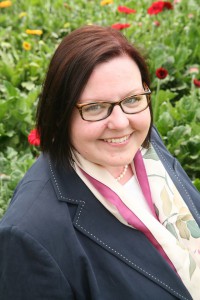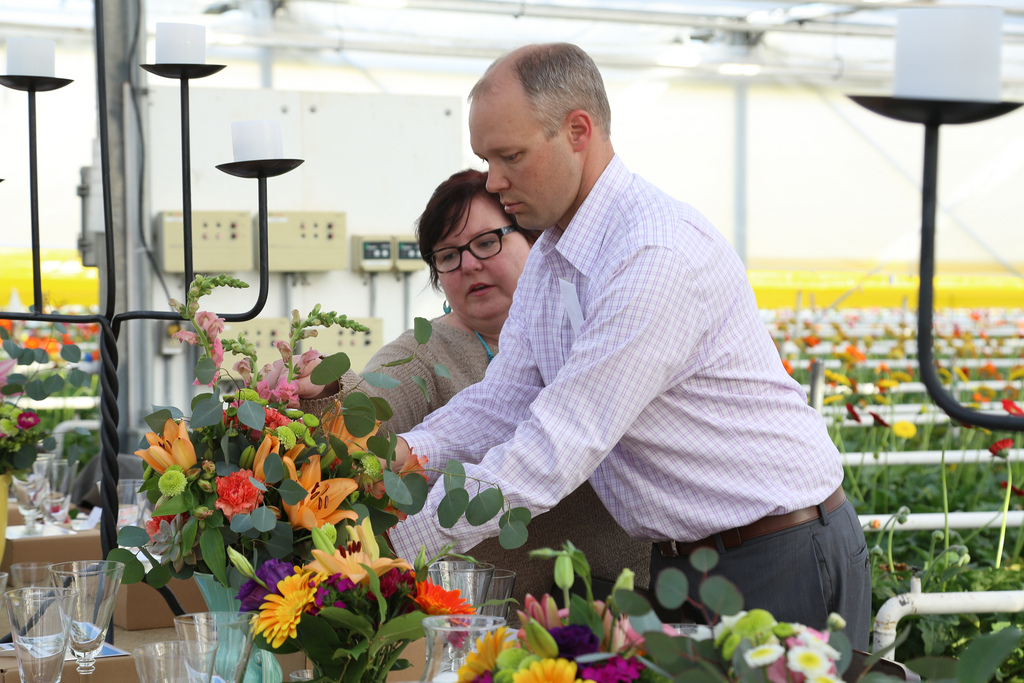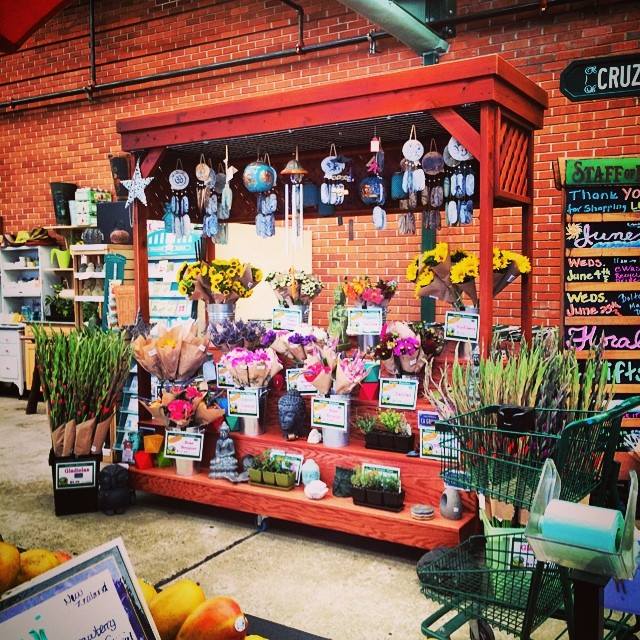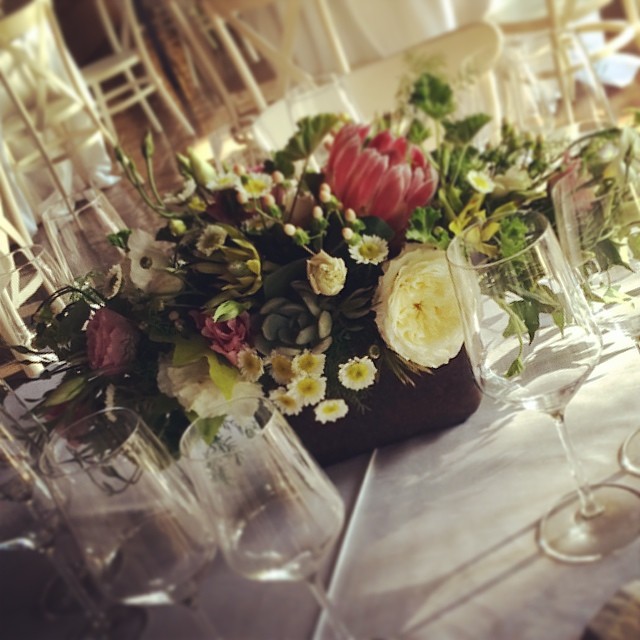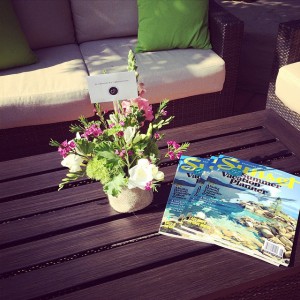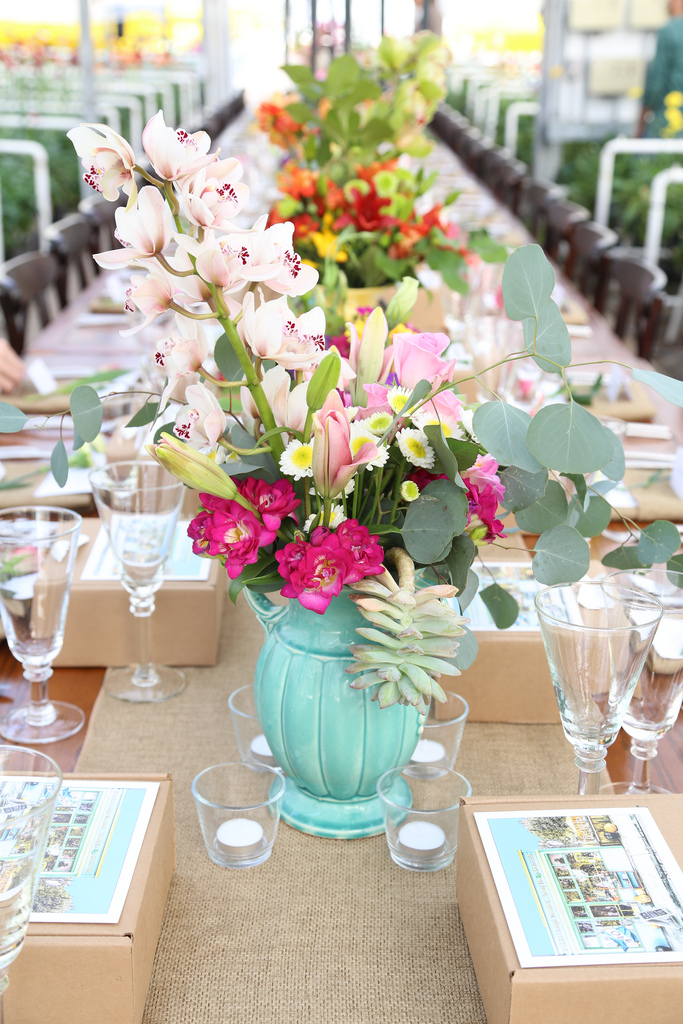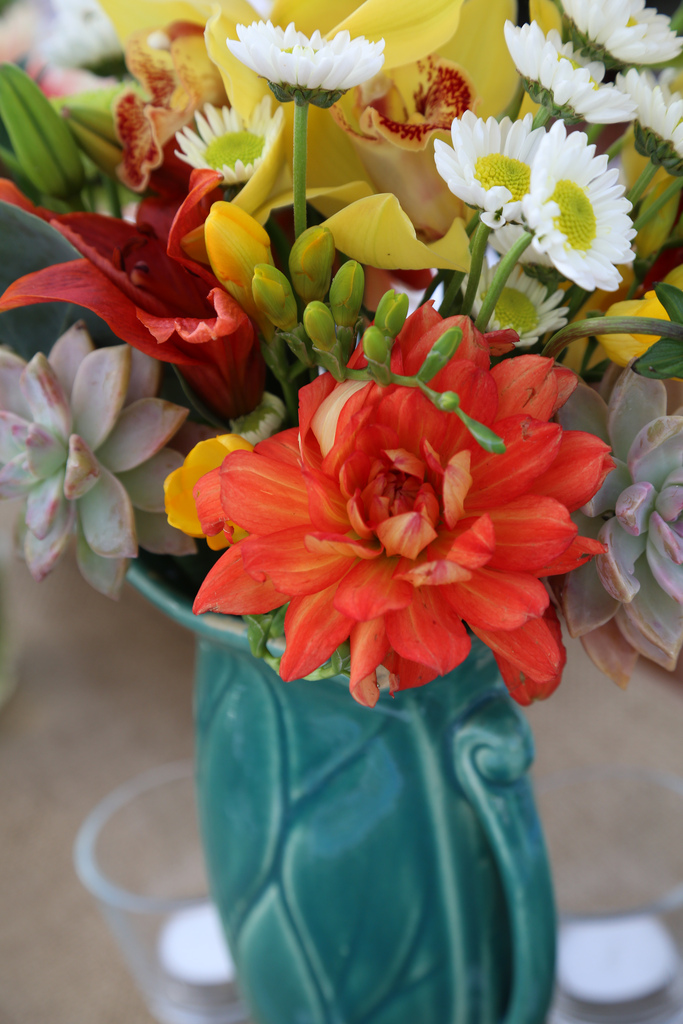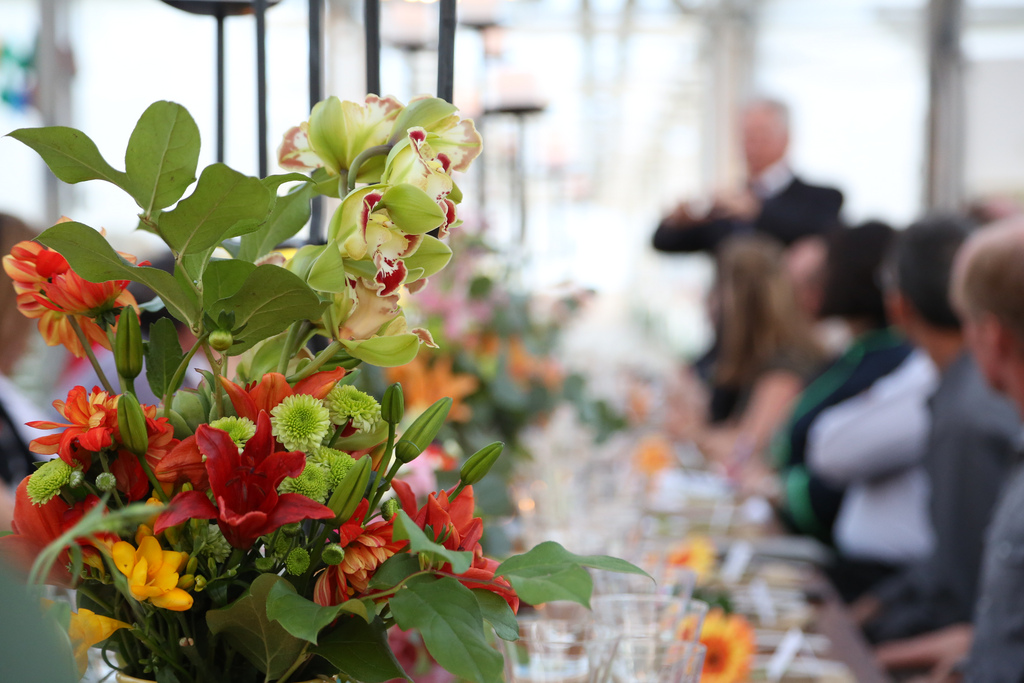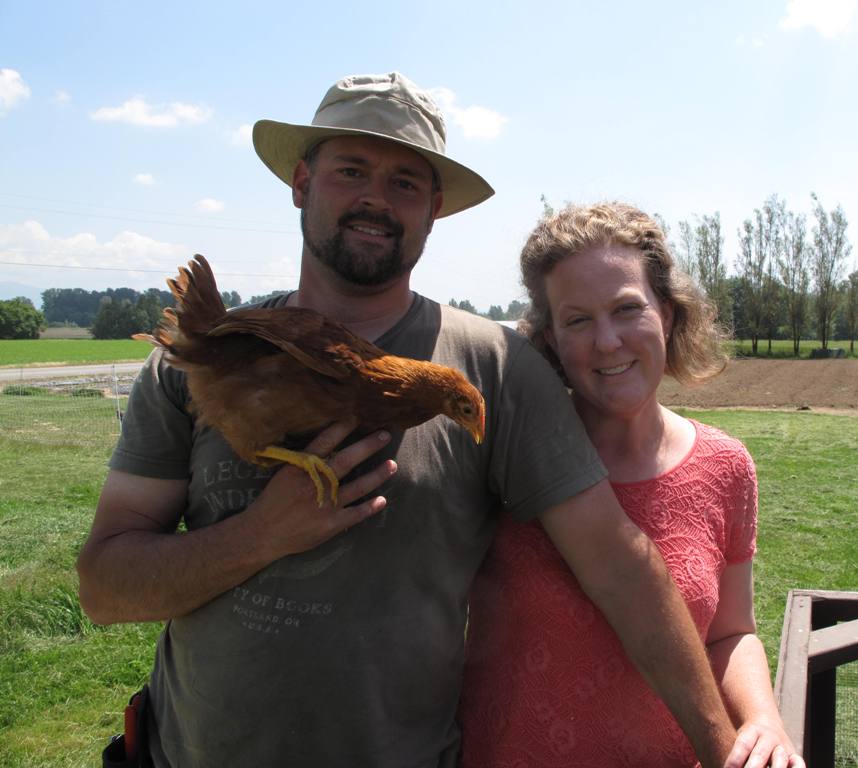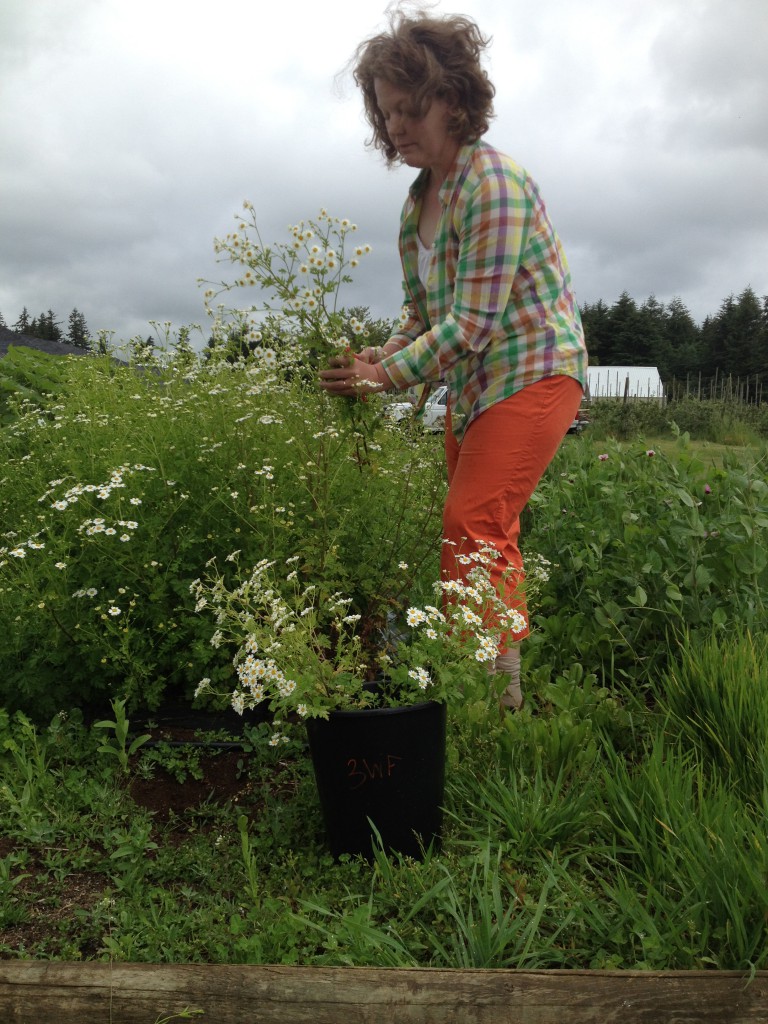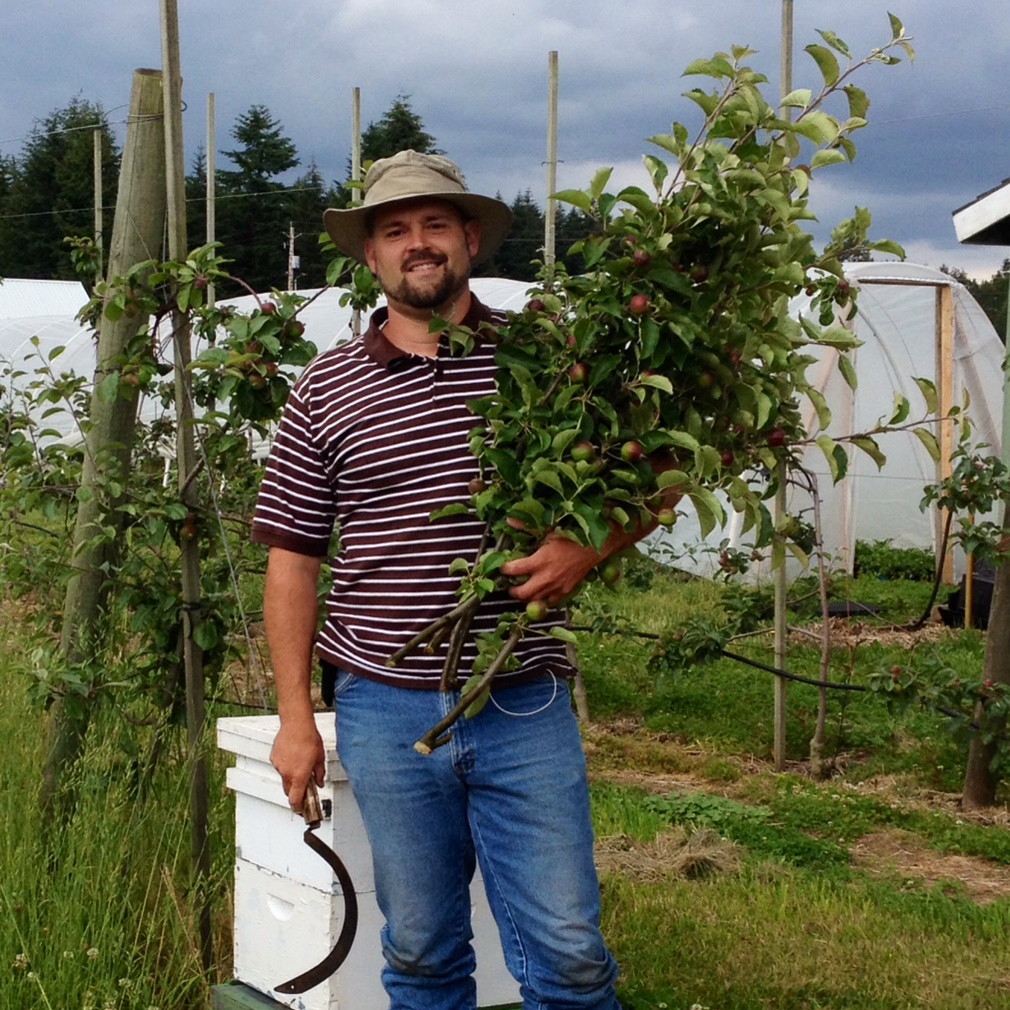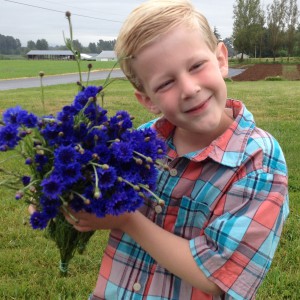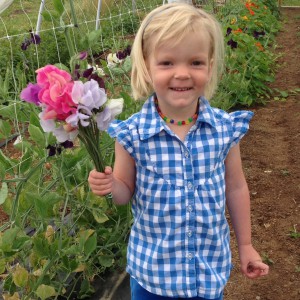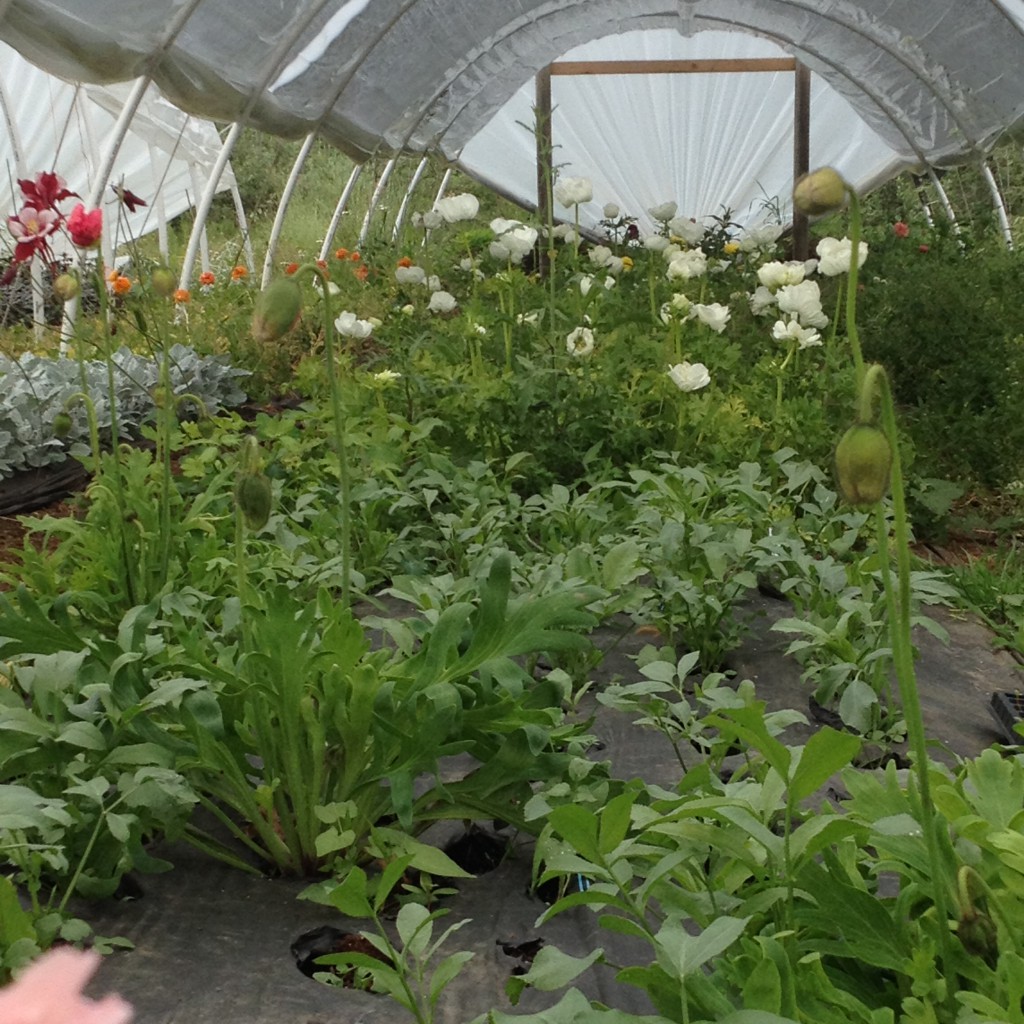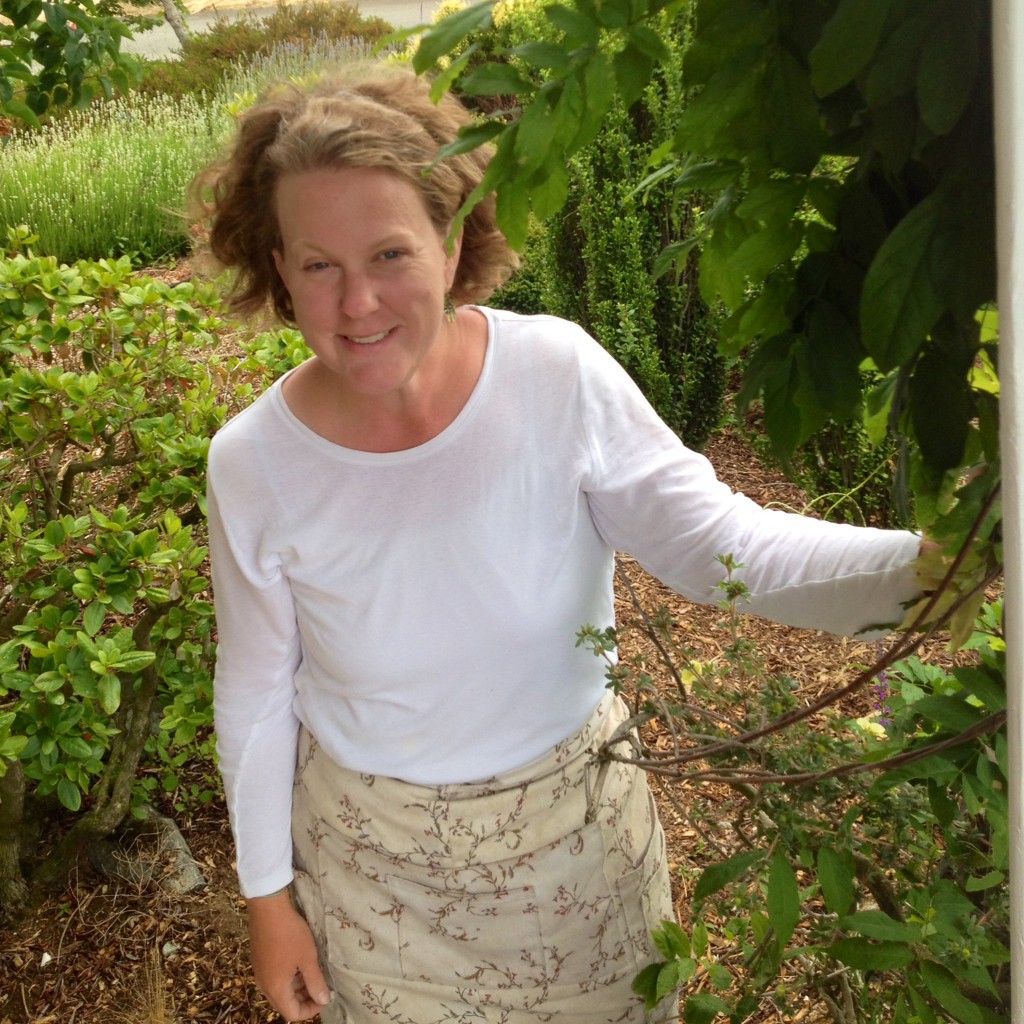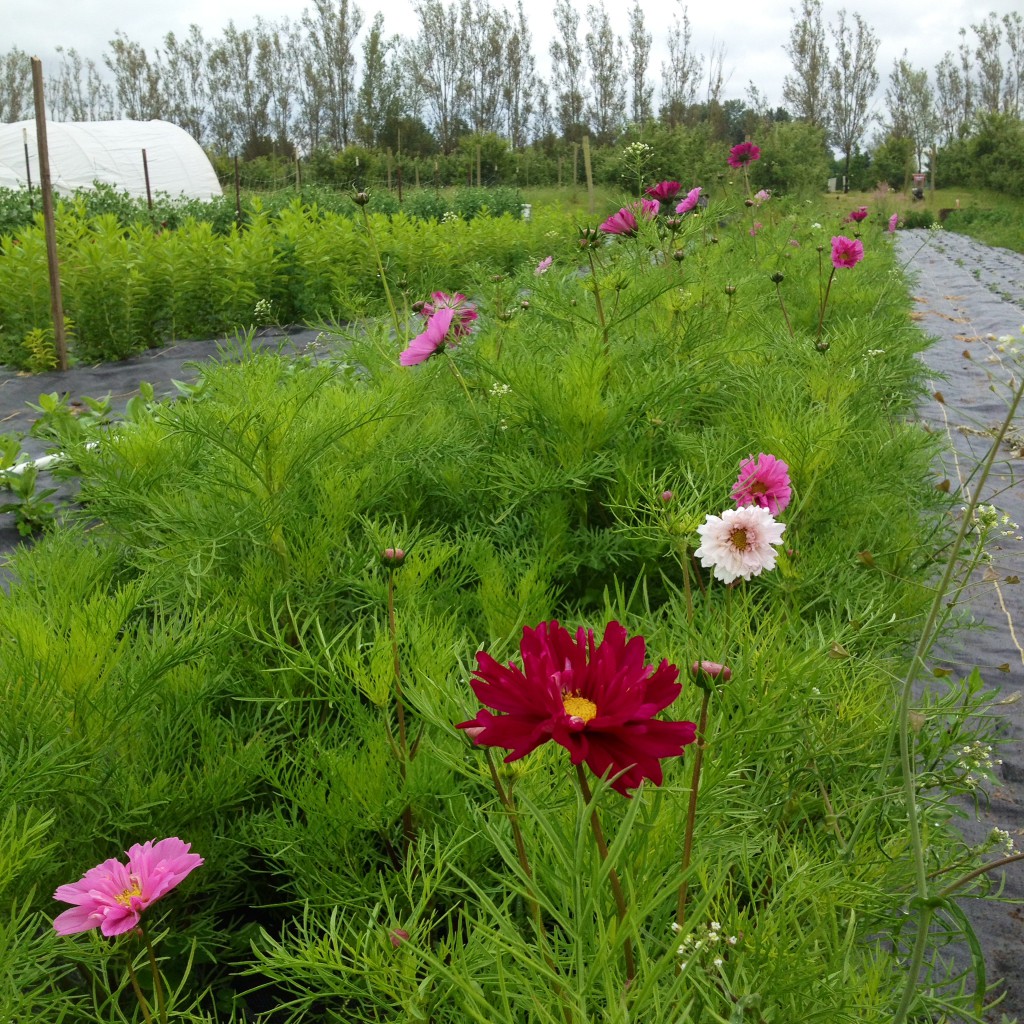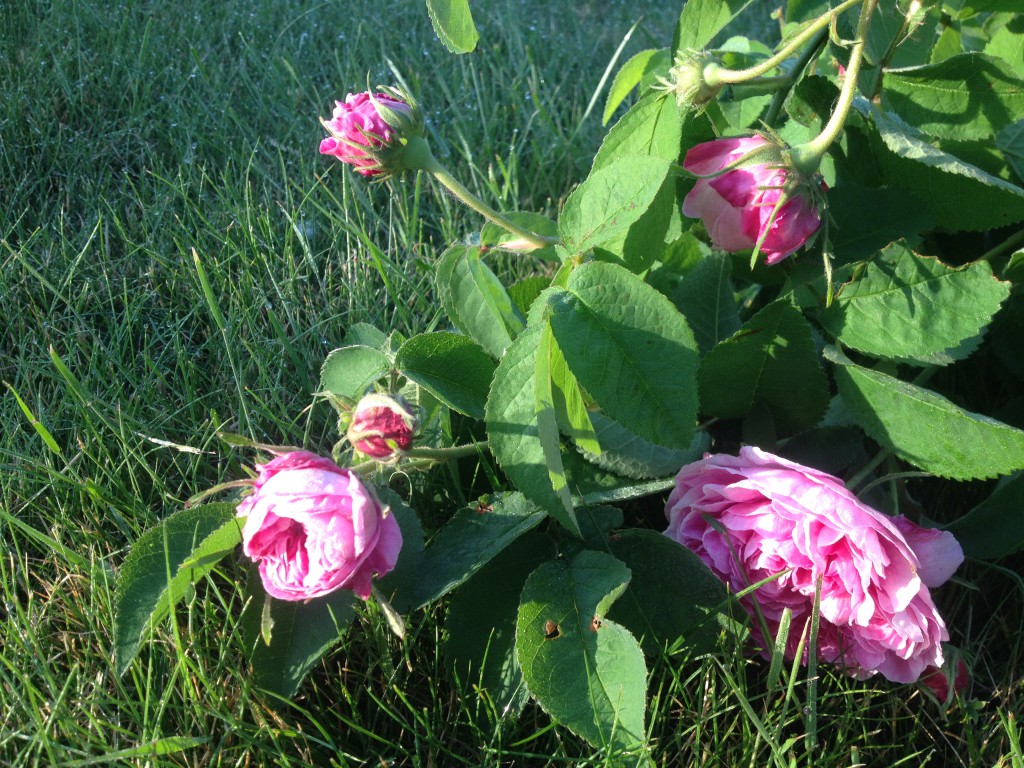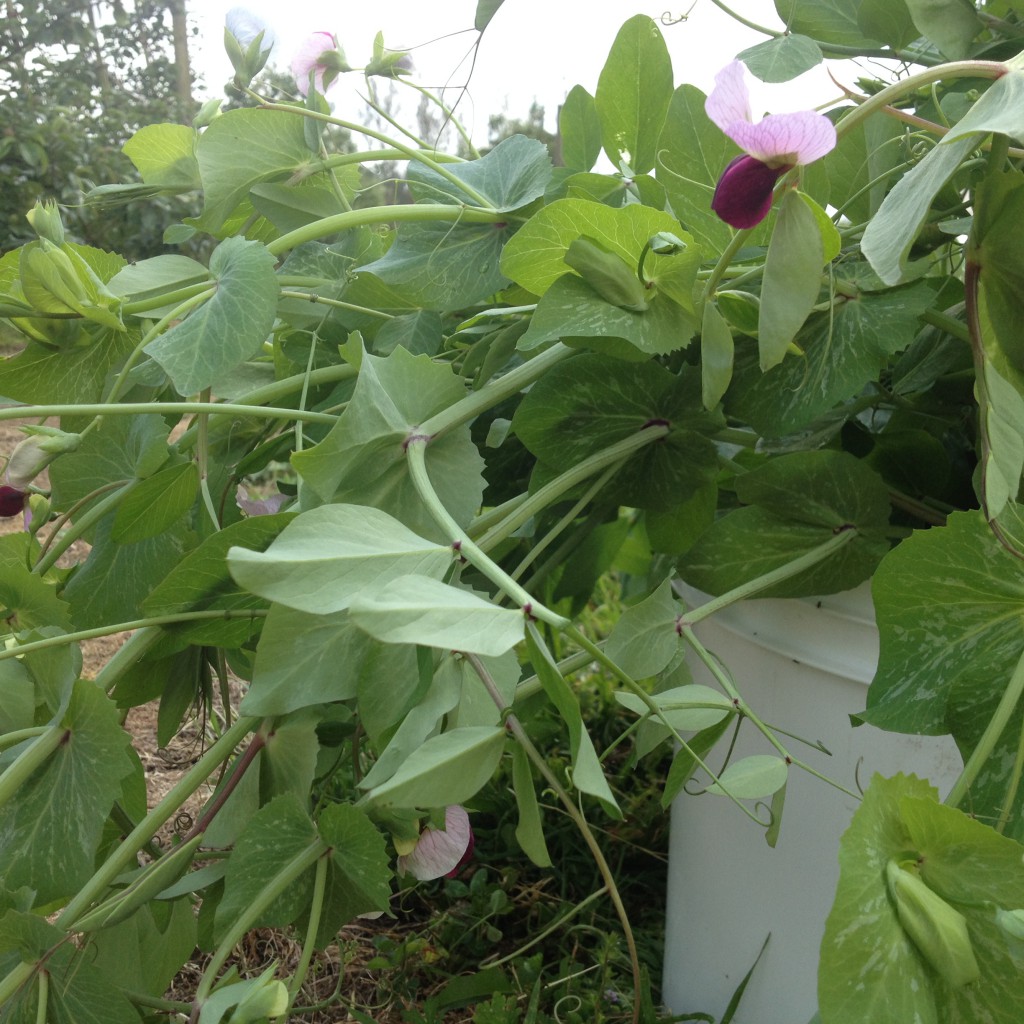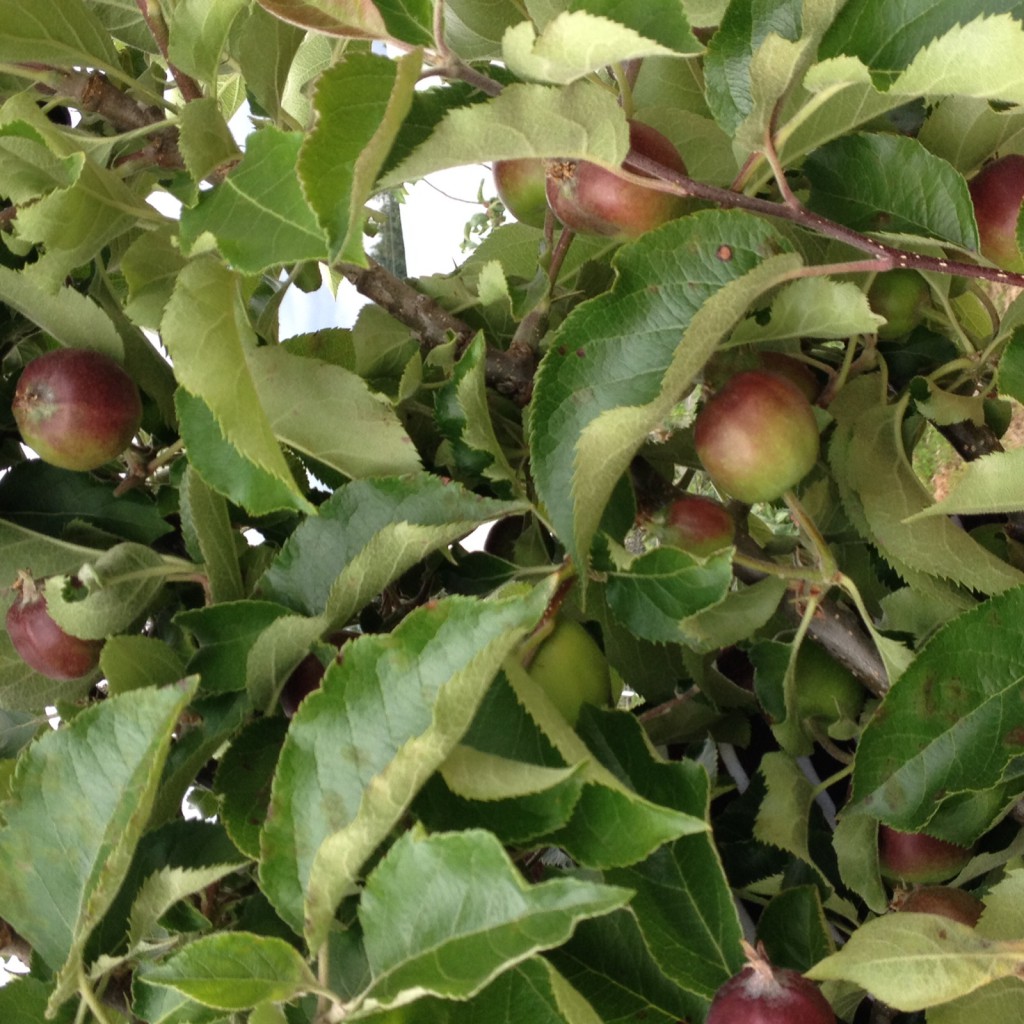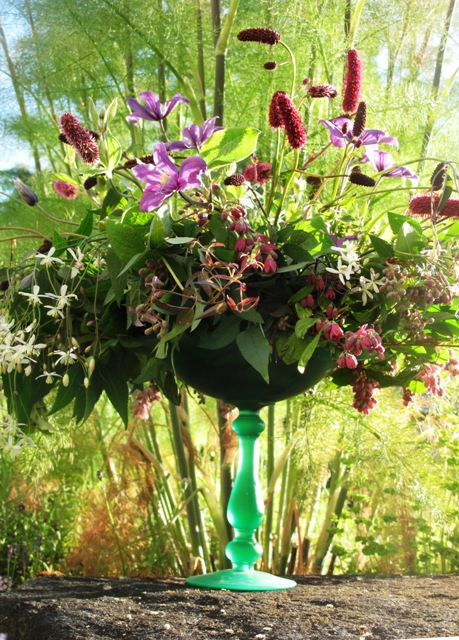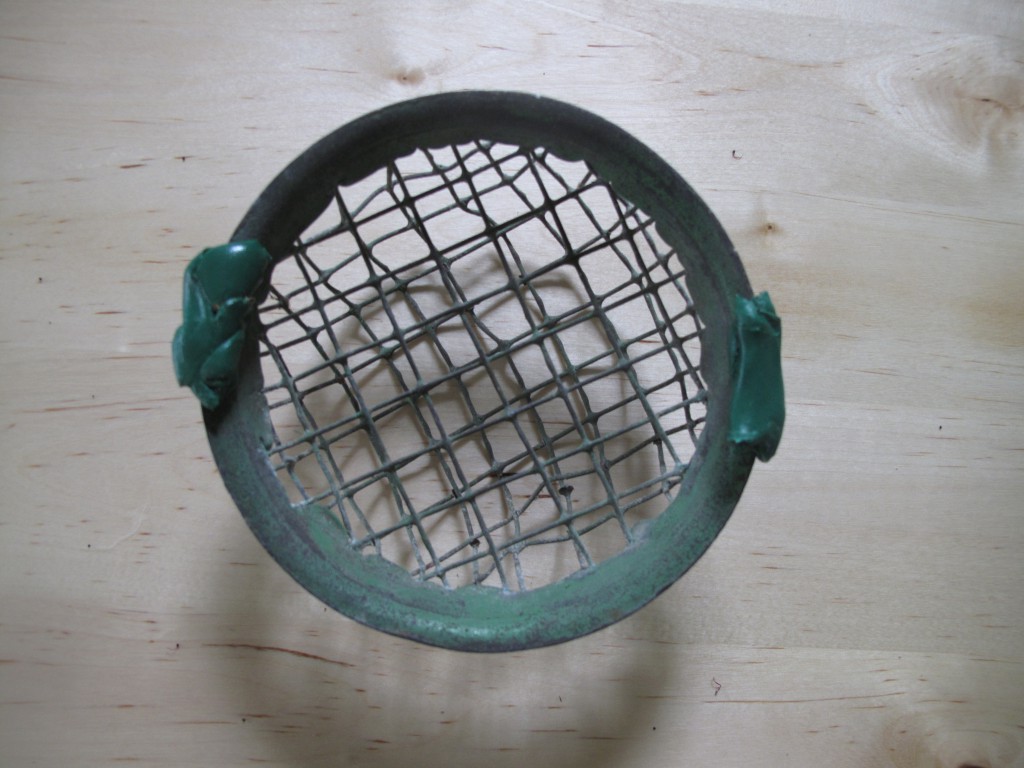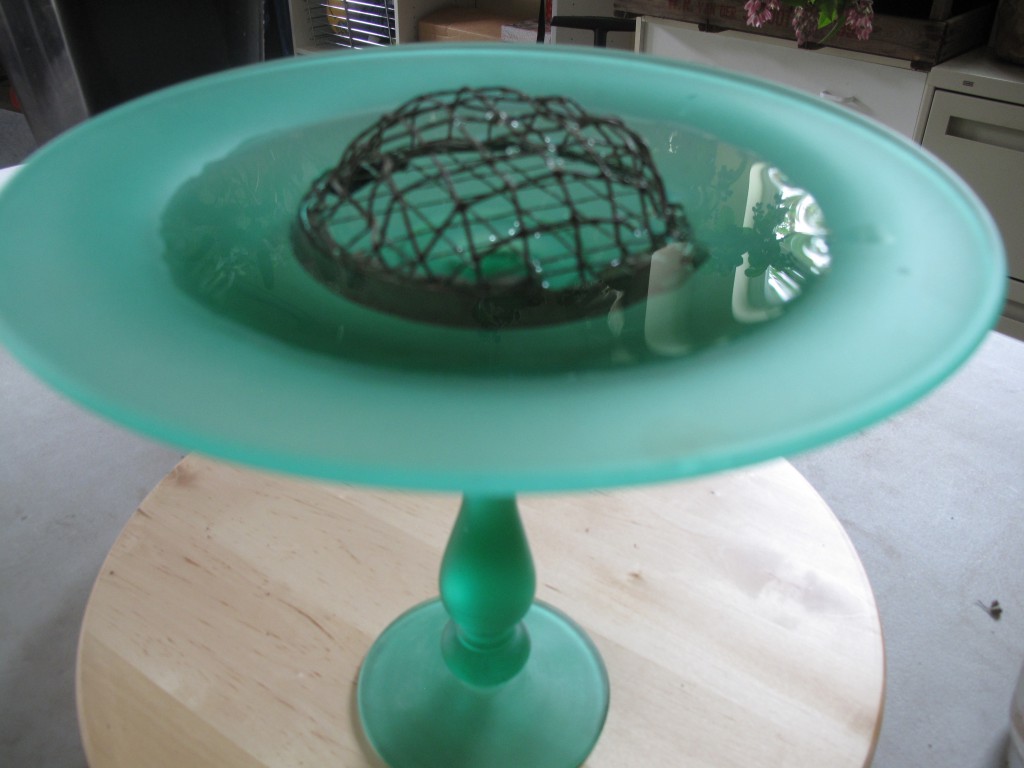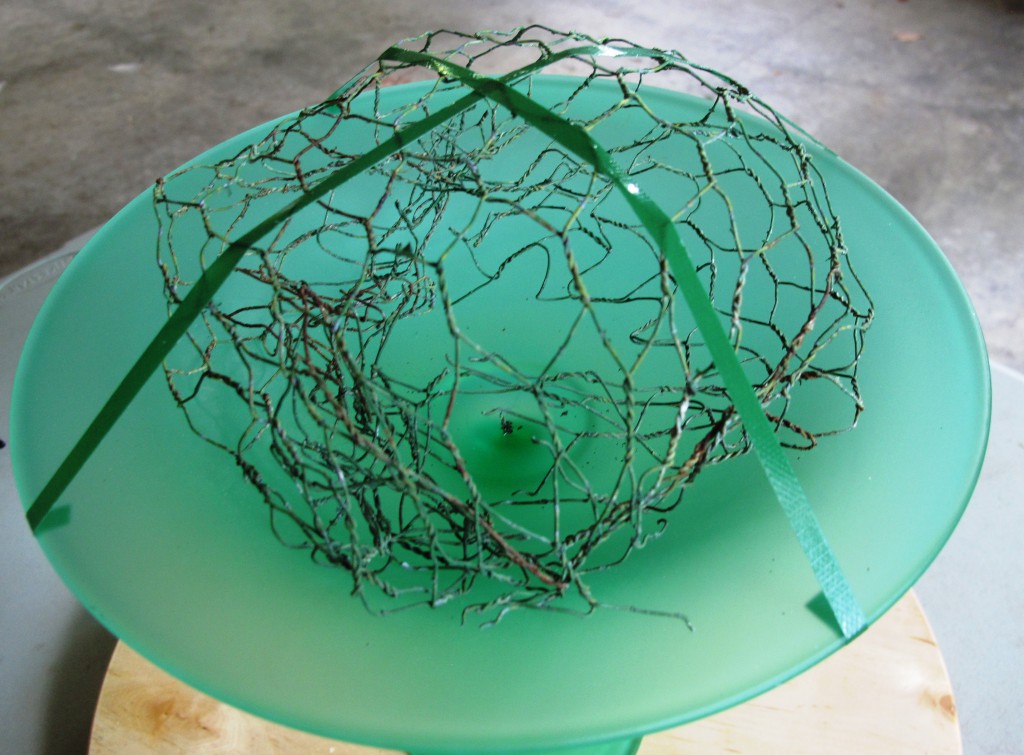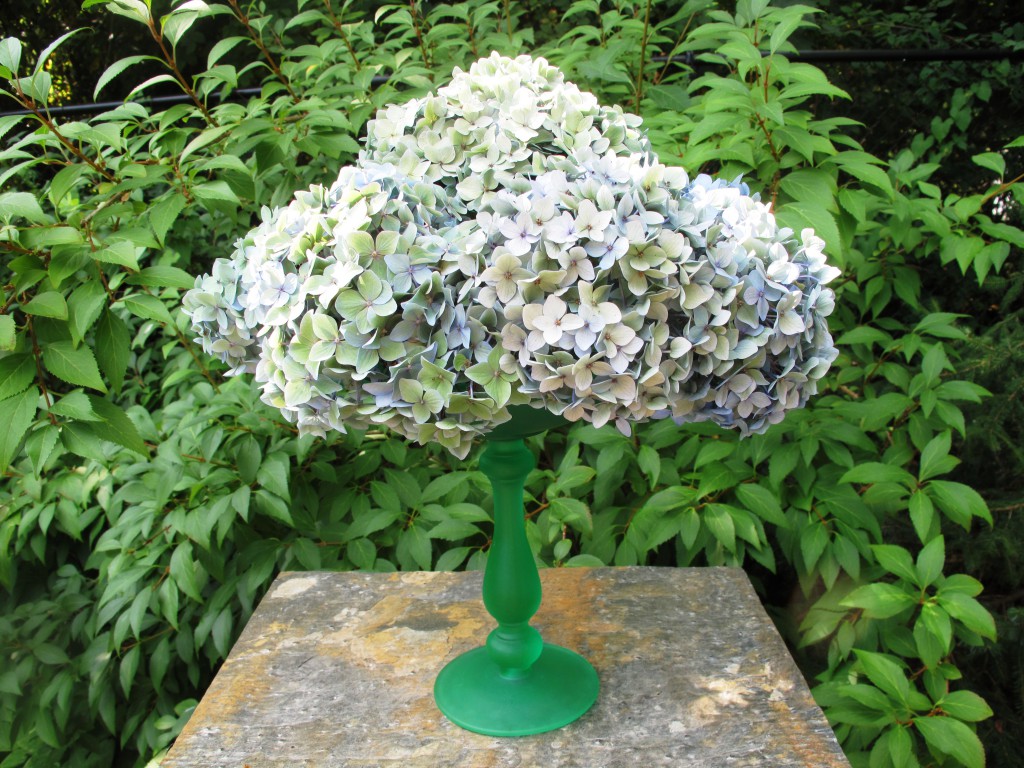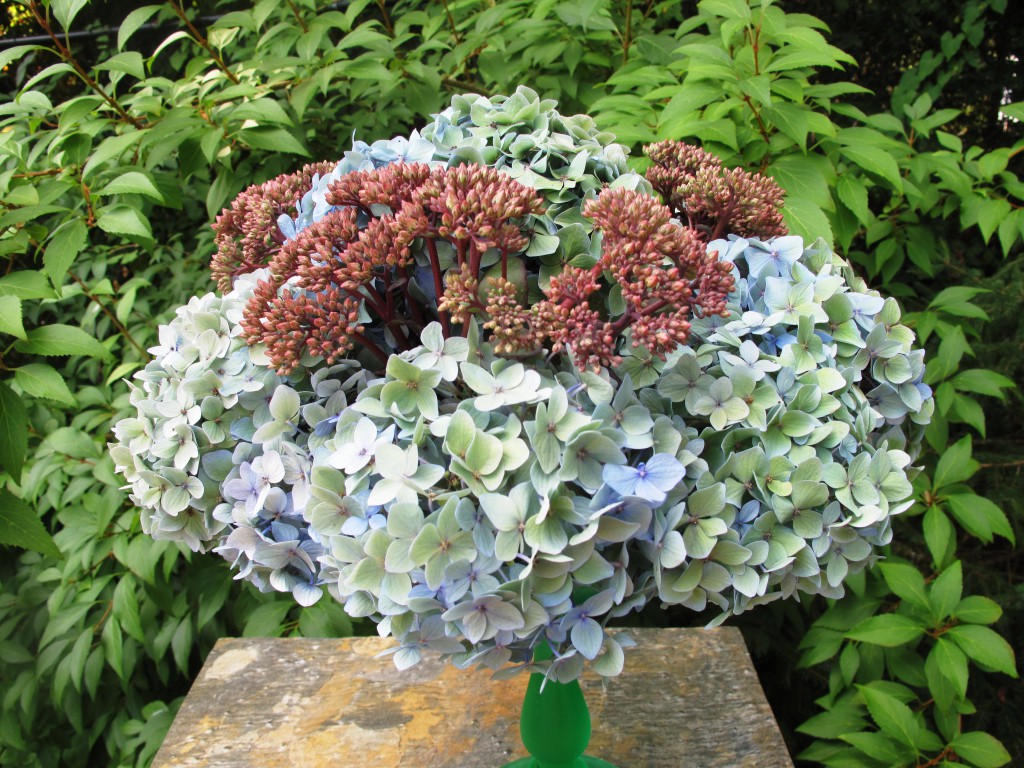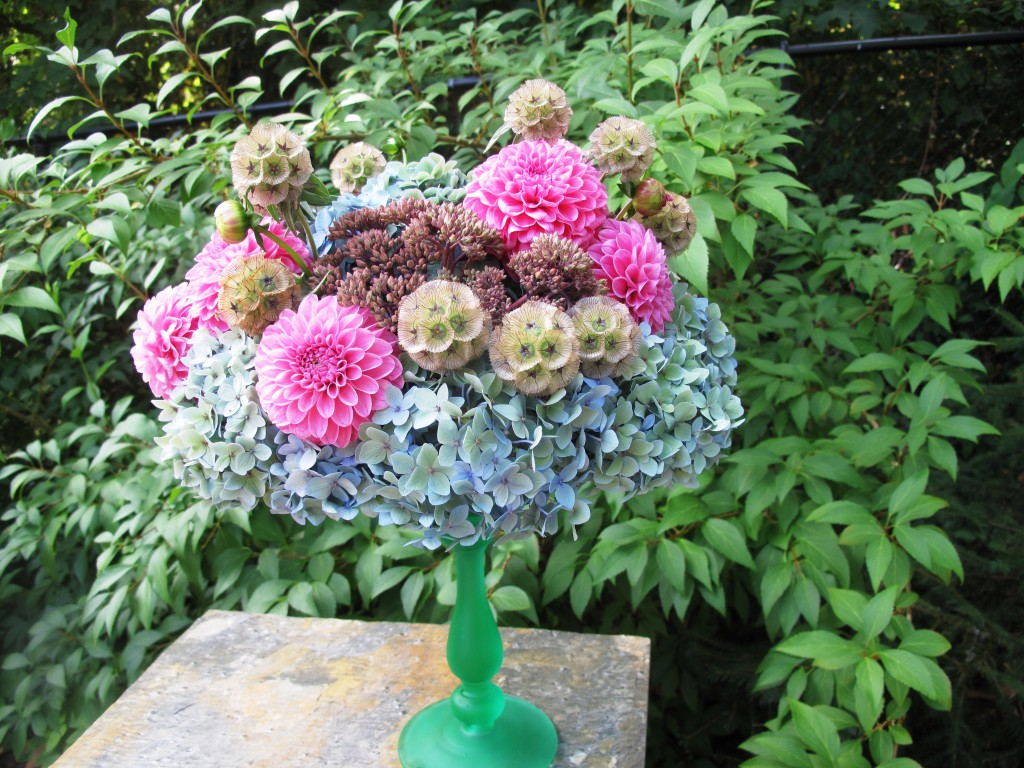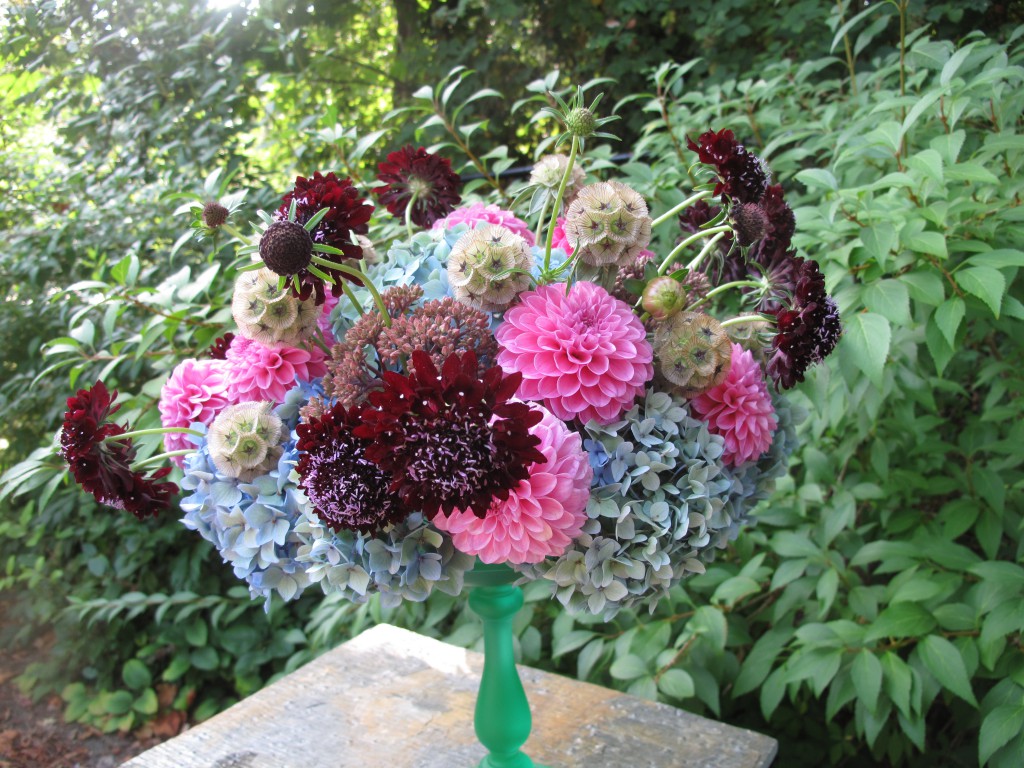Podcast: Play in new window | Download
Subscribe: Apple Podcasts | Podcast Index | RSS | More
Today I’m celebrating the one-year anniversary of the Slow Flowers Podcast.
During the past year, I produced and hosted weekly episodes of this podcast — with news and insights of the American Grown flower movement.
The people who have been guests on this series have generously and passionately shared their time and knowledge.
Our inspiring and straight-forward dialogue has prompted thousands of listeners to return, week after week, downloading the audio files to their various devices, to listen in the design studio, in the flower fields and wherever else they spend their days.
The Slow Flowers Podcast is now a must-hear medium connecting listeners across our country with creative and influential voices and exciting points of view.
Thank you for joining me and please get ready for the next 52 weeks of great conversations.
We’re in full bloom, so to speak, and there’s an abundance of great information I’m eager to bring you!
It is fitting that today I welcome Kasey Cronquist, CEO and ambassador of the California Cut Flower Commission, the largest and most progressive organization in the American floral industry. As I said when he was my podcast guest last September, Kasey is a kindred spirit who is supremely passionate about saving our homegrown flower farms and preserving the agricultural way of life as a part of our country’s vibrant landscape.
Our conversation took place last week at Cultivate ’14, the green industry trade show formally called OFA Short Course in Columbus, Ohio.
At the invitation of AmericanHort, the host organization and trade show producer, Kasey and I partnered to promote two initiatives that go together like a bunch of just-picked sunflowers and a big white ceramic pitcher: Slowflowers.com and Certified American Grown Brand.
Slow Flowers is pleased to be a stakeholder in the launch of the brand new Certified American Grown Brand – a beautiful identity that will – for the very first time – inform and assure consumers of the domestic origins of the flowers they purchase at the cash register.
I asked Kasey to discuss the implications of Certified American Grown labeling – and to give us some historic perspective about what led to the unveiling on July 1st and the debut at last week’s Cultivate conference.
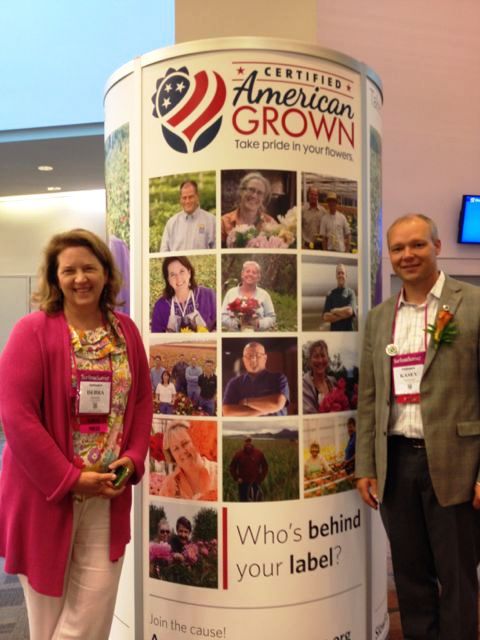
Kasey (left) and I teamed up to cross-promote Slowflowers.com and the Certified American Grown Brand at the recent Cultivate ’14 Show.
This initiative was unveiled on July 1st at an industry Webinar involving all of the stakeholders who bring flowers to the consumer. A second webinar is scheduled soon – if you’re interested in being included, sign up here.
I’m motivated by one thing – and that is spreading the news about local, seasonal and domestic flowers. The most asked questions I hear from audiences are these:
How do I know the source of my flowers? Who grew these flowers and how far did they have to travel to get to me? How can I spend my floral budget wisely?
Last July, about the same time this podcast launched, I started developing the Slowflowers.com web site.
Slowflowers.com went live in early May as a one-stop resource to help consumers find American flowers and the farmers, designers, studios and shops that provide those blooms.
With the introduction of the Certified American Grown Brand, I now have a second resource — a trusted brand that points consumers coast to coast to domestic cut flowers. I love the tagline: “Take Pride in Your Flowers.”
This is so much more than a visually compelling, red-white-and-blue logo that evokes pride and confidence. It symbolizes American family farms, agricultural revitalization and economic strength in our rural communities.
It is a brand that I endorse 100-percent and that I am proud to share with you.
Thanks to listeners like you, this podcast has been downloaded nearly 16,000 times in one year. I truly appreciate the guests, listeners and sponsors who have supported the Slow Flowers Podcast with Debra Prinzing!!! Together, we’re changing the broken floral industry for the better!!
If you like what you hear, please consider logging onto Itunes and posting a listener review.
Until next week please join me in putting more American grown flowers on the table, one vase at a time.
I always conclude the episode by saying “The Slow Flowers podcast is engineered and edited by Hannah Holtgeerts and Andrew Wheatley.”
I owe them both a huge bouquet of thanks for their creativity and professionalism as together we’ve built this podcast. Thanks so much! You can learn more about this talented pair at hhcreates.net.









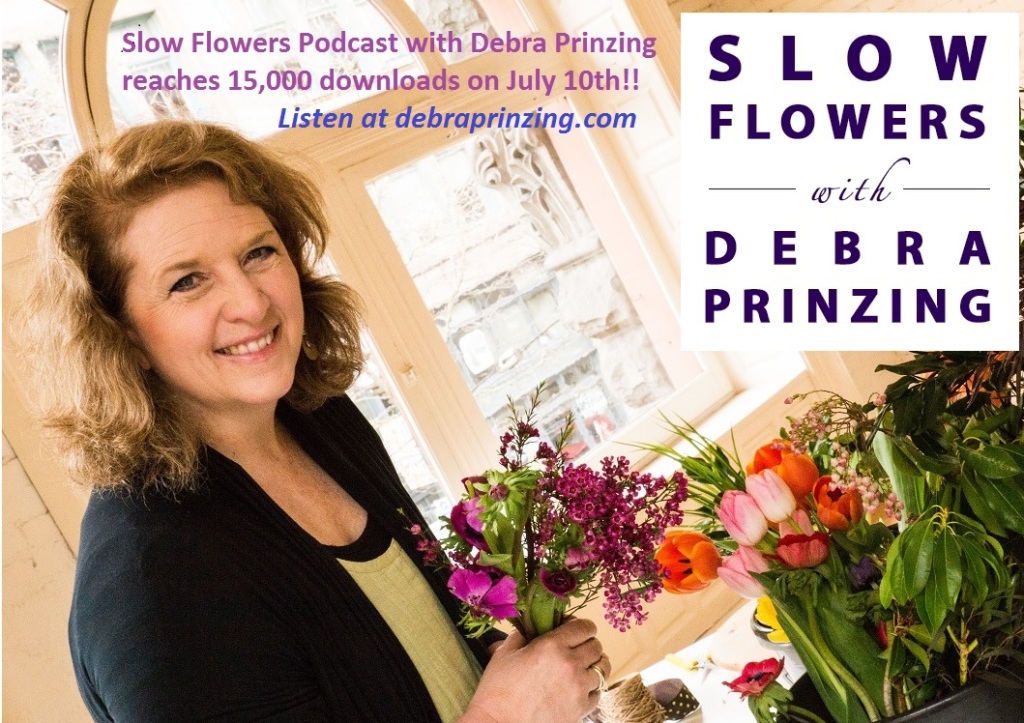
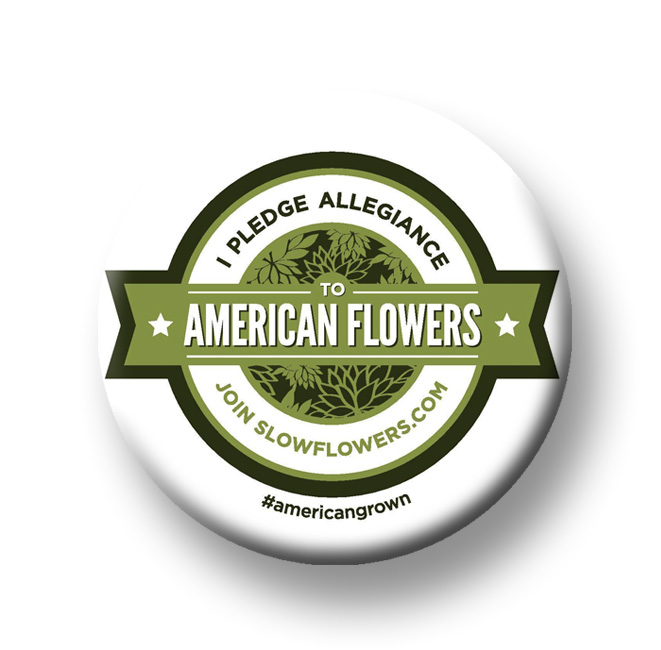
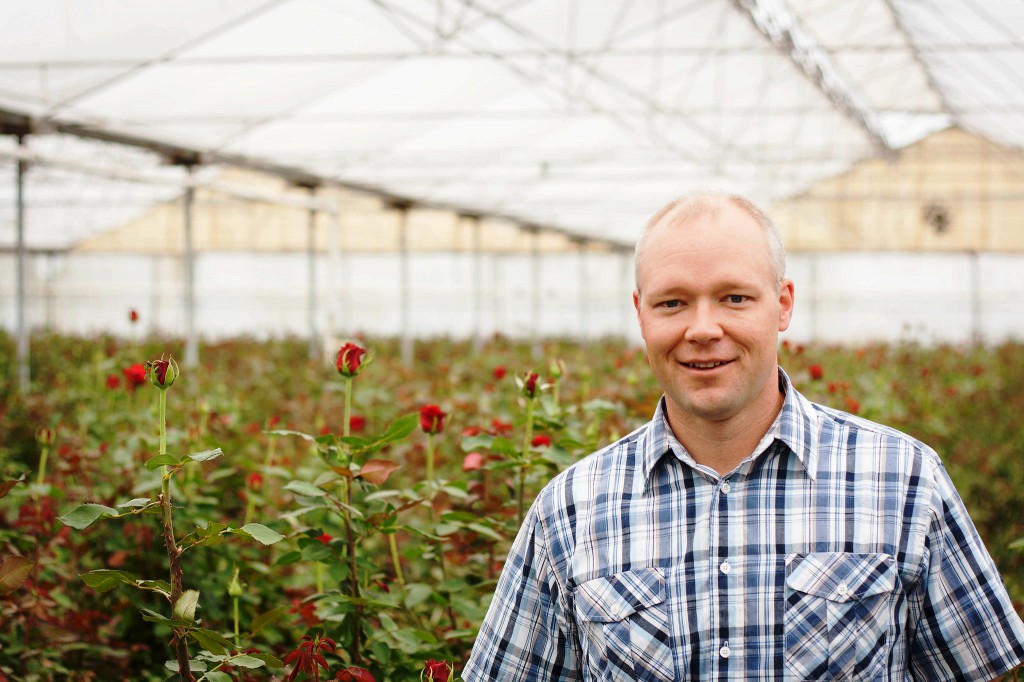
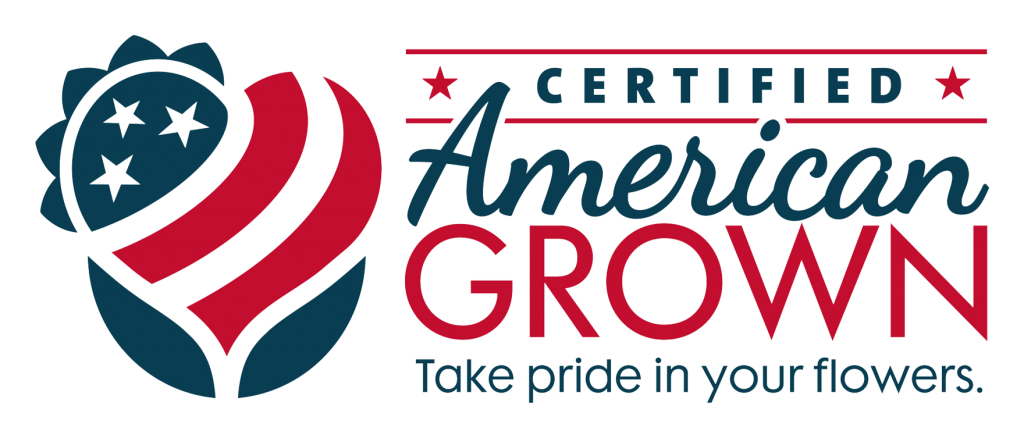

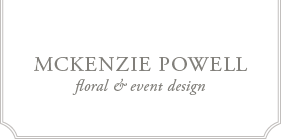
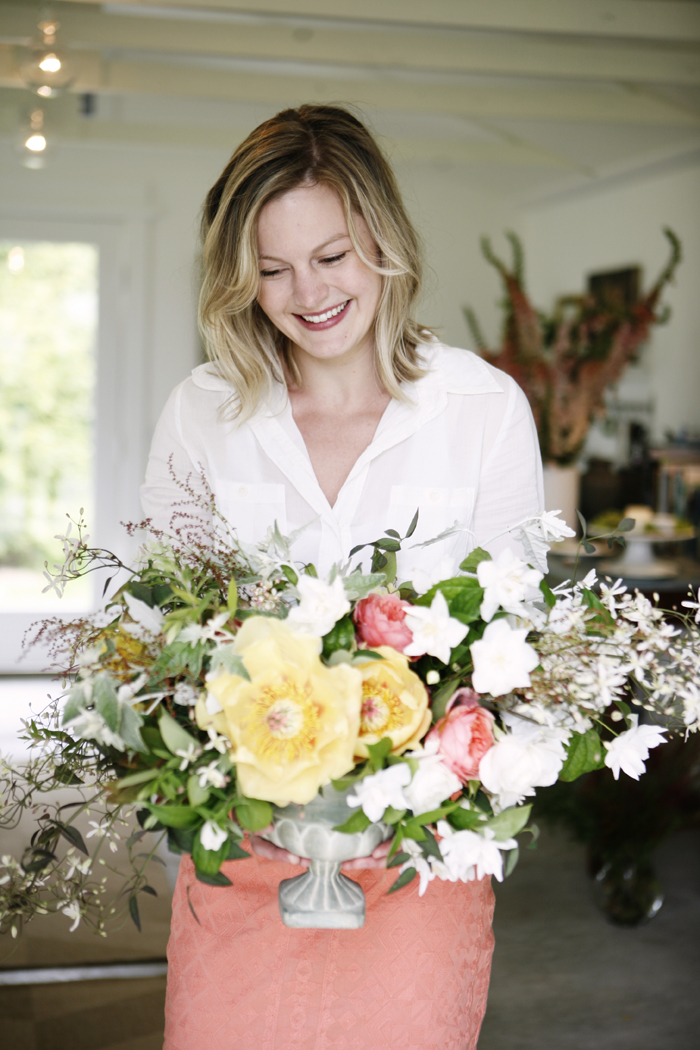
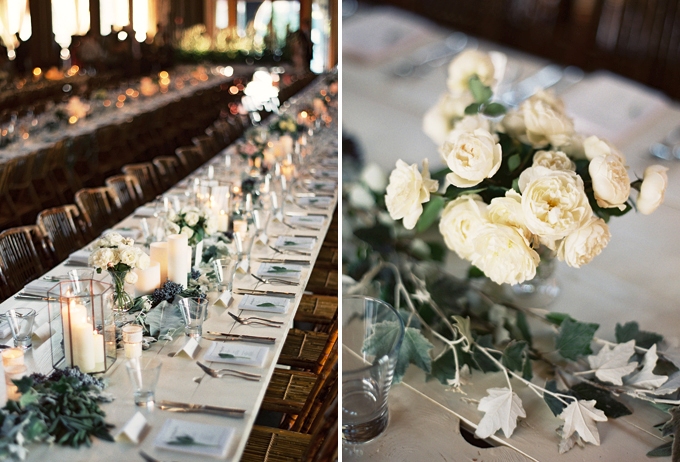
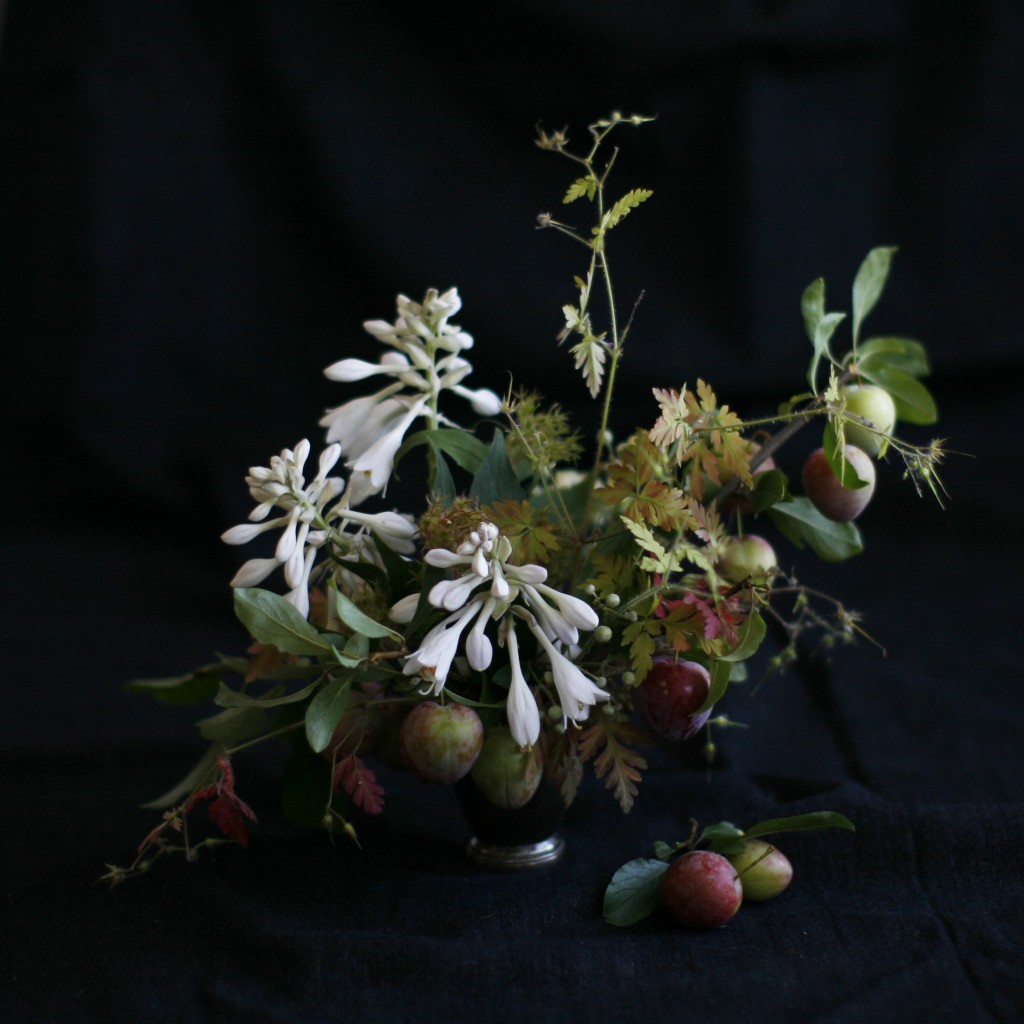
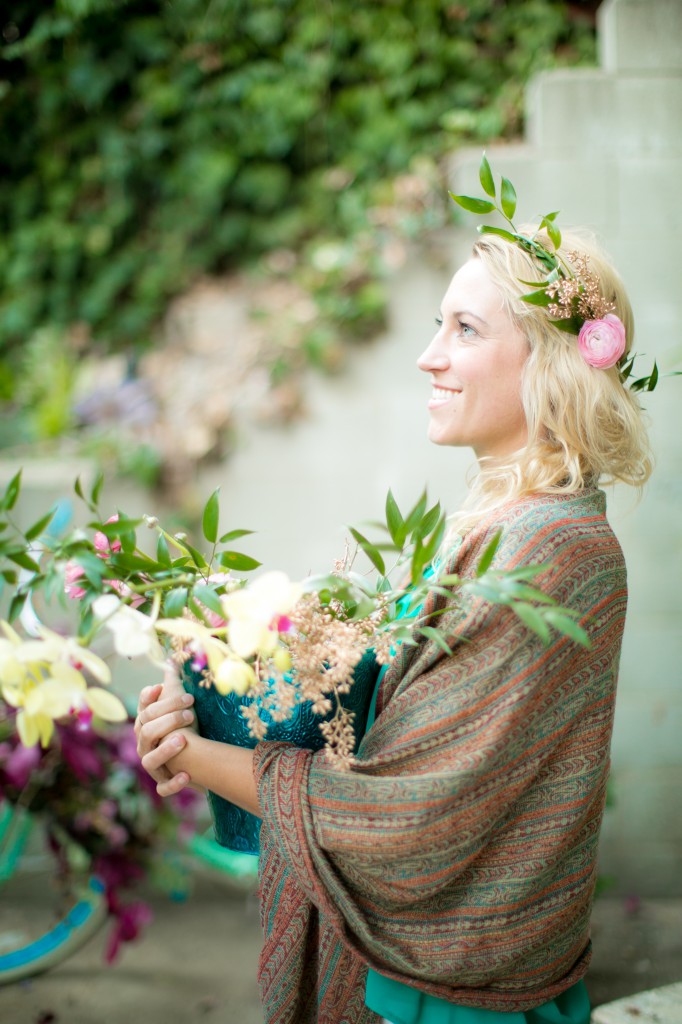
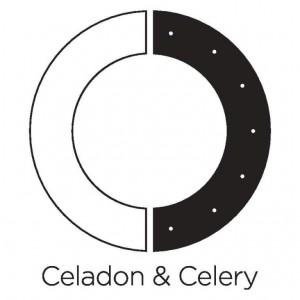 Today’s guest is Bess Wyrick, founder and creative director of Celadon & Celery, a floral design and events studio based in New York City and Los Angeles.
Today’s guest is Bess Wyrick, founder and creative director of Celadon & Celery, a floral design and events studio based in New York City and Los Angeles. 